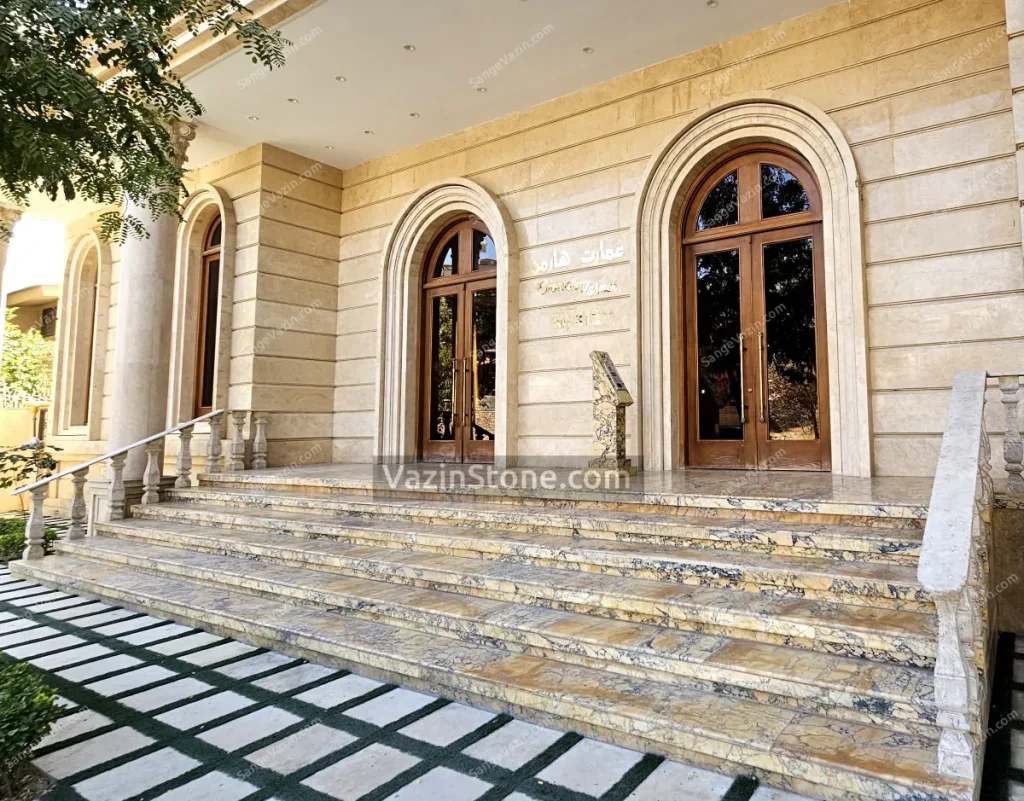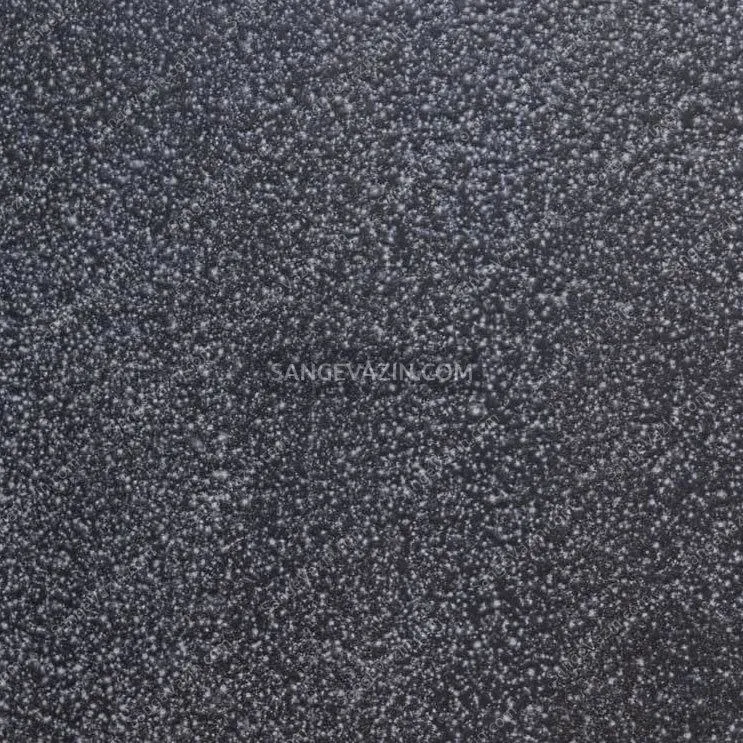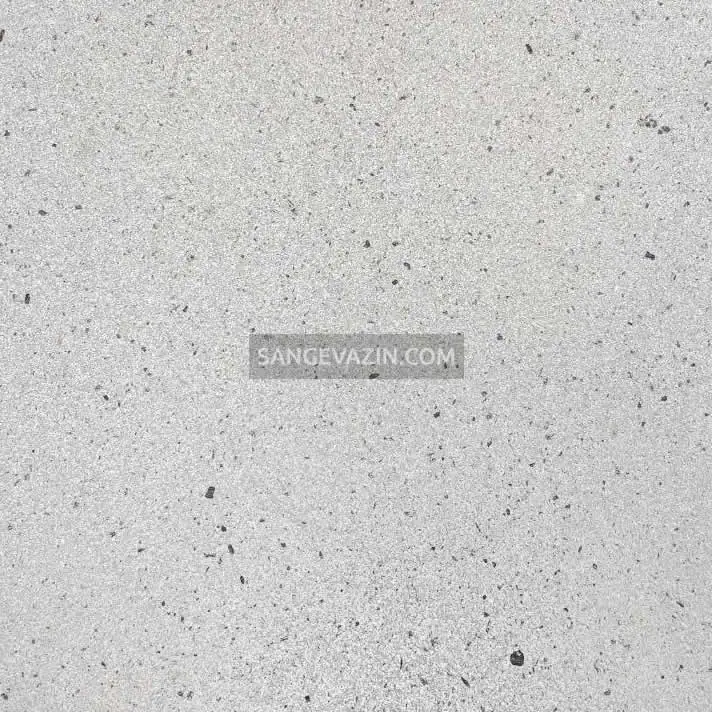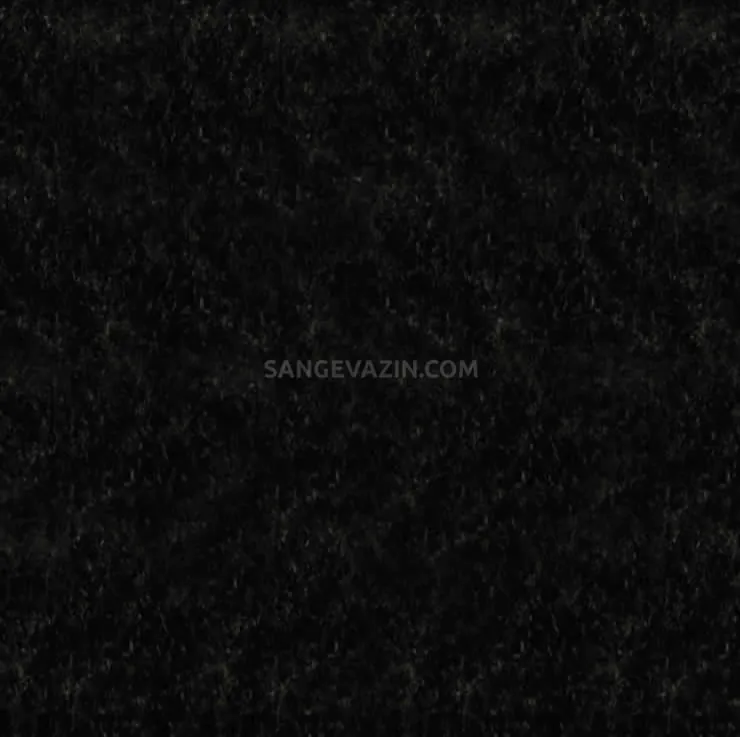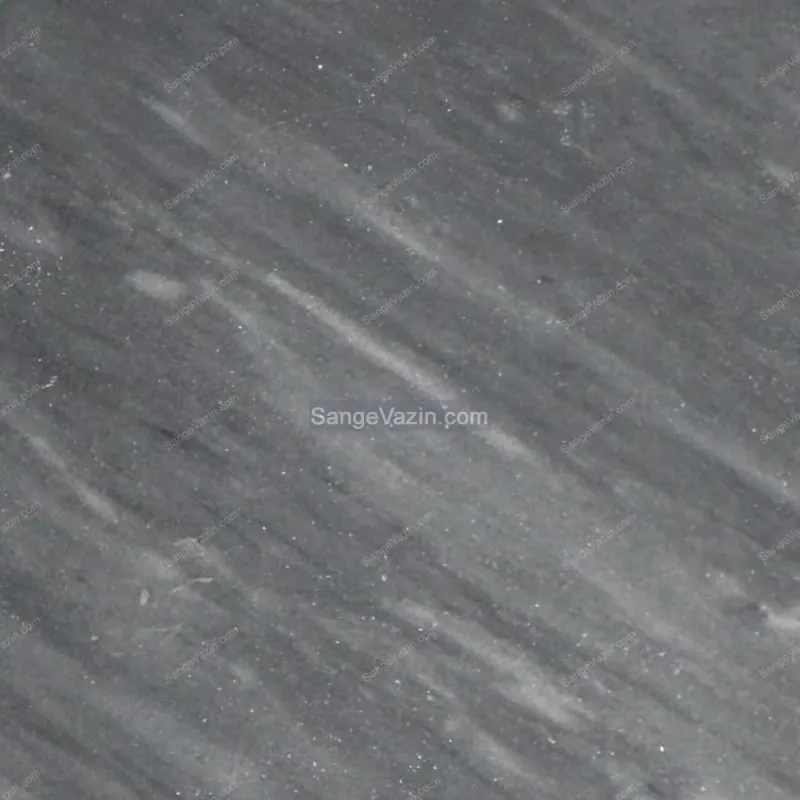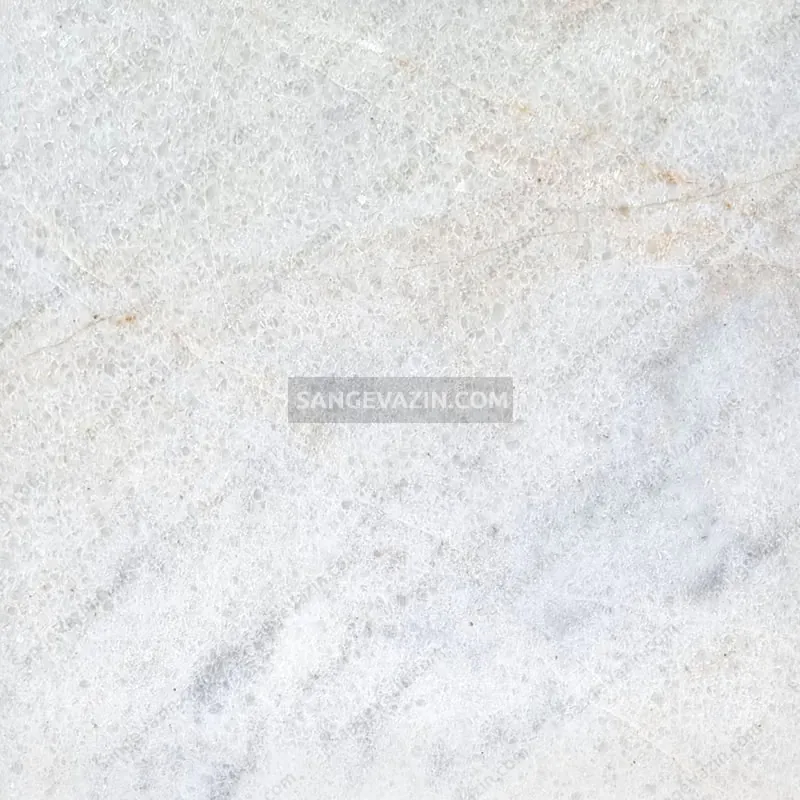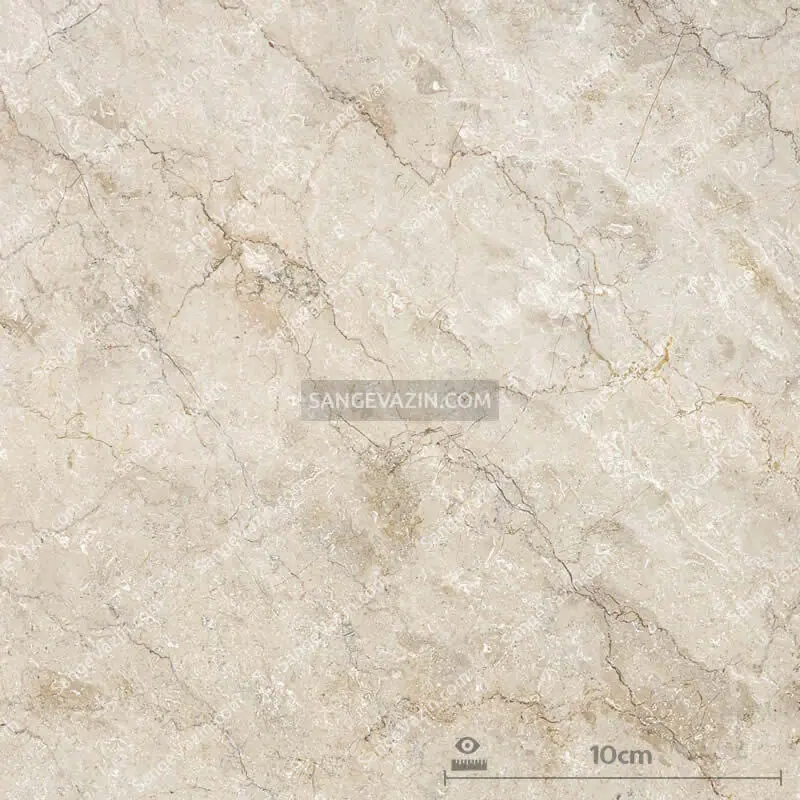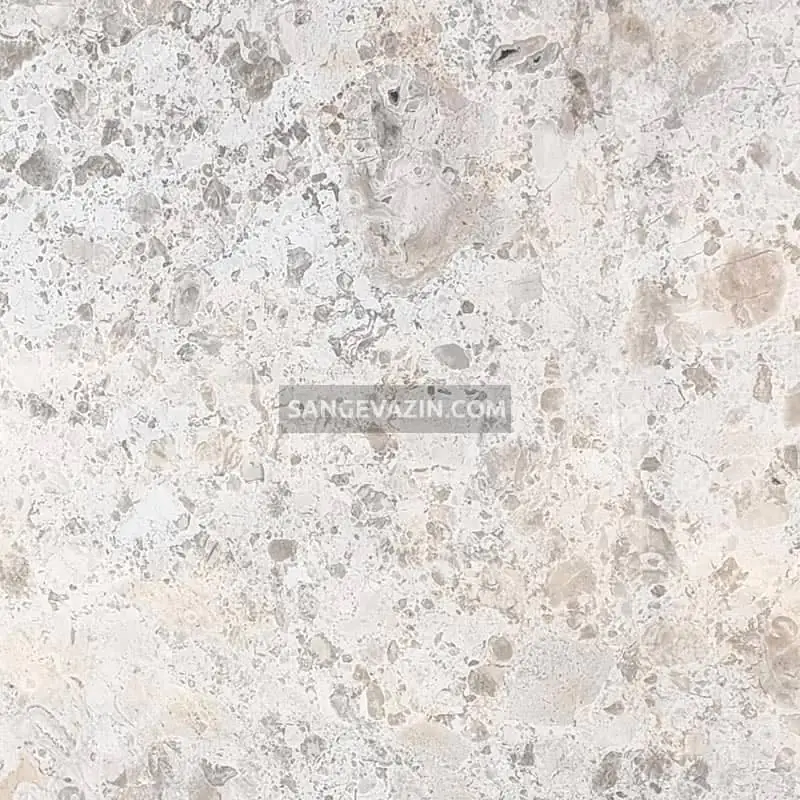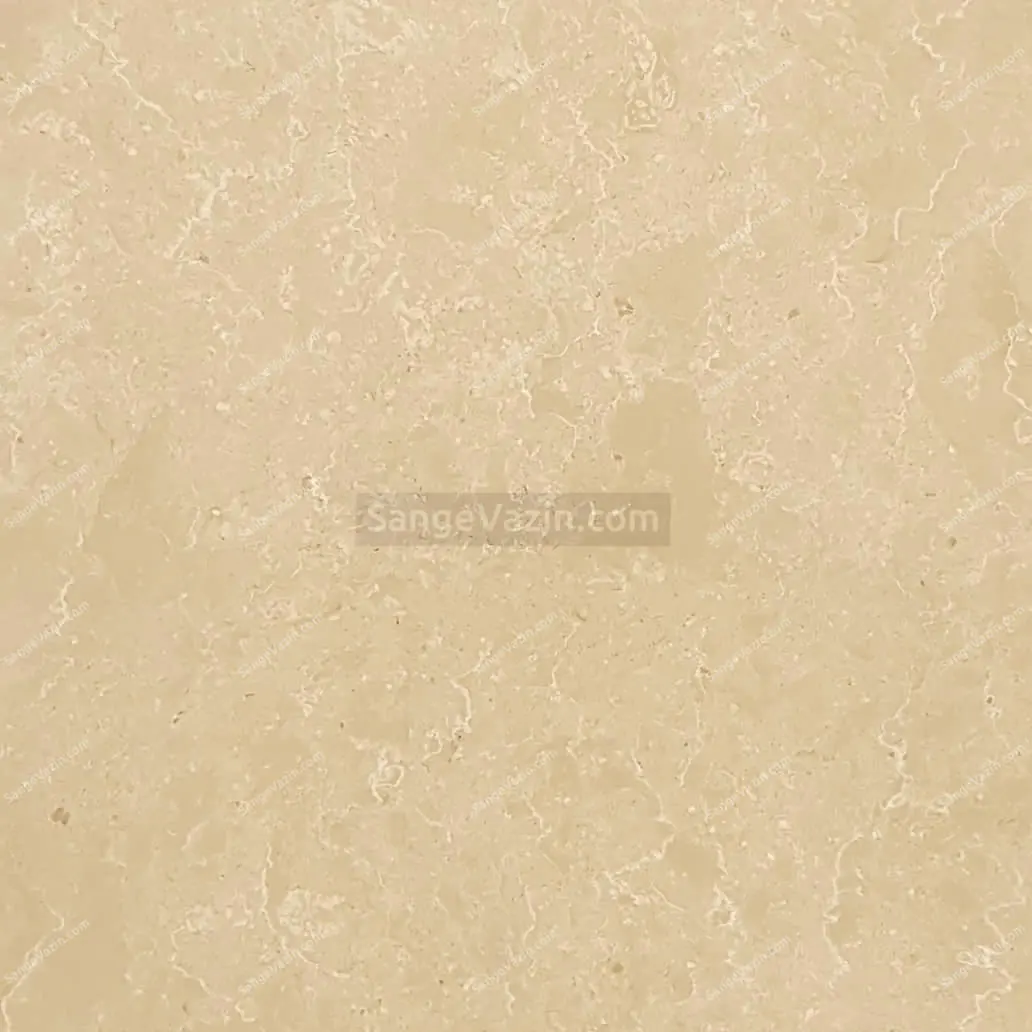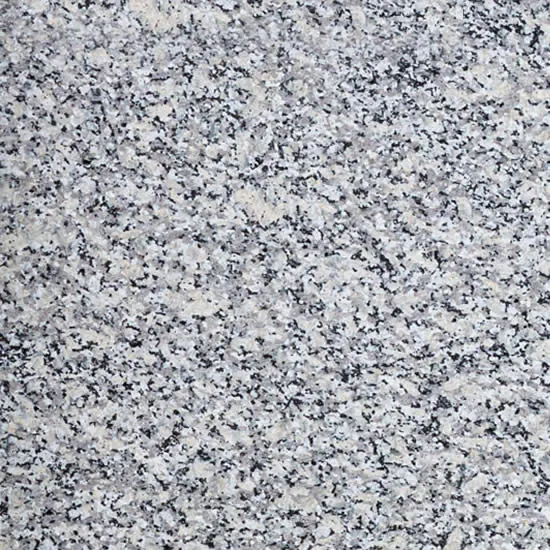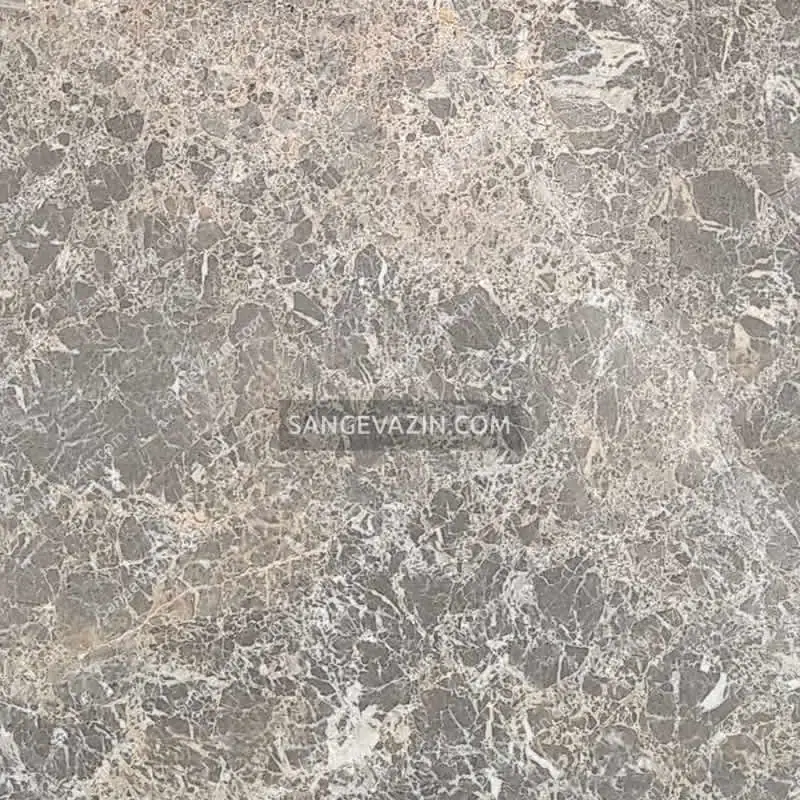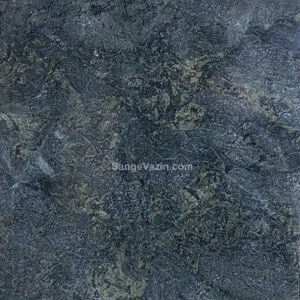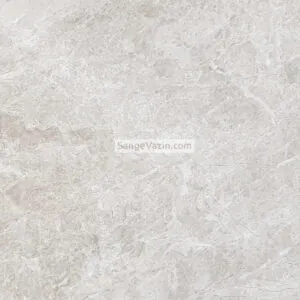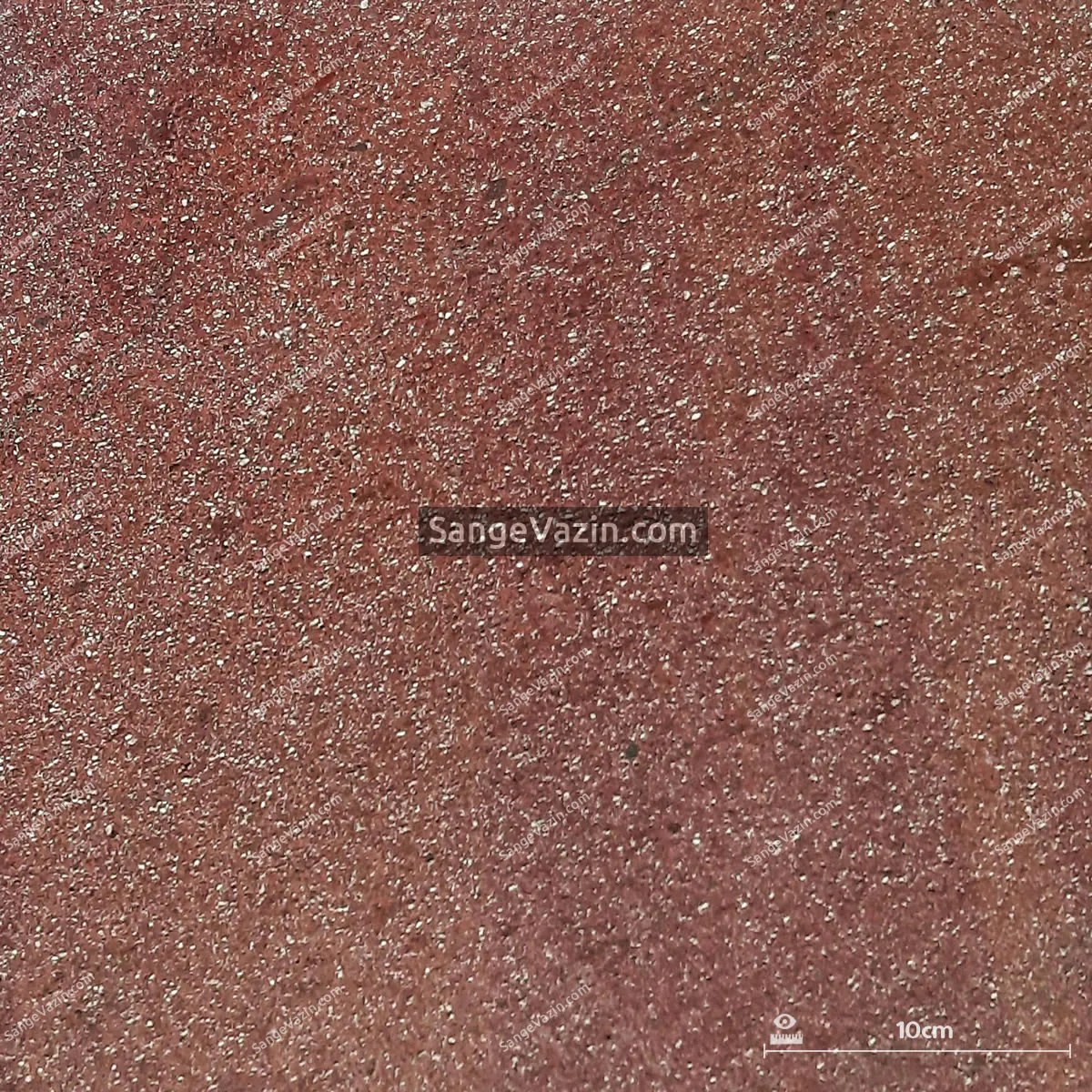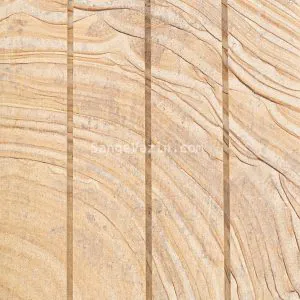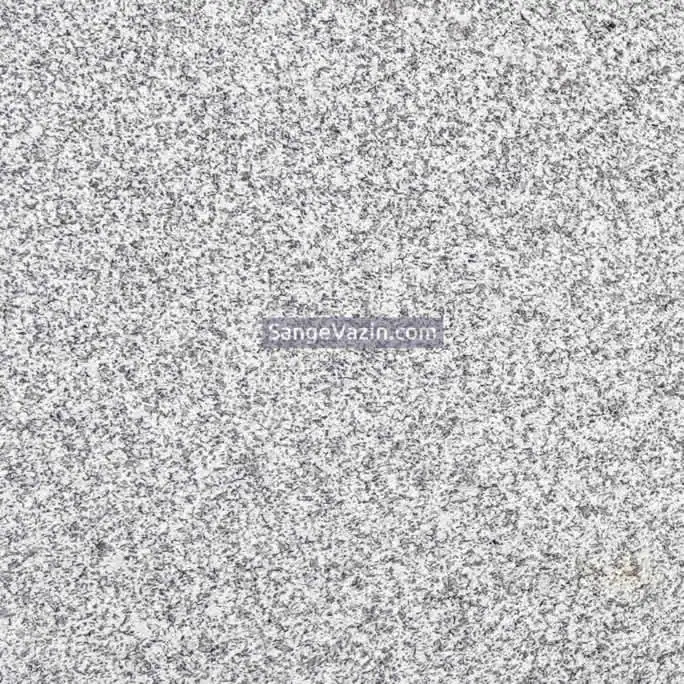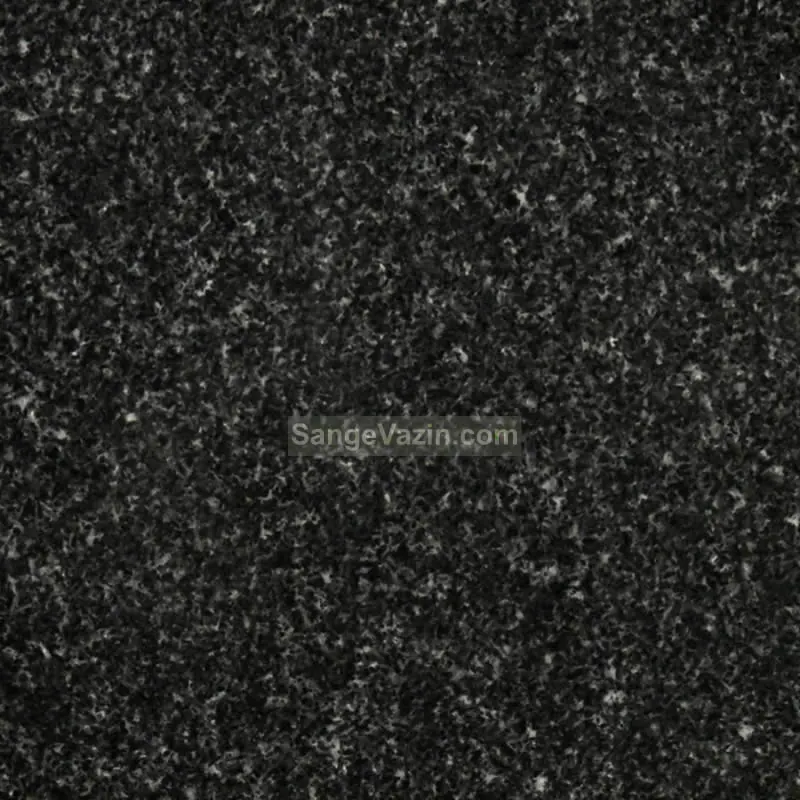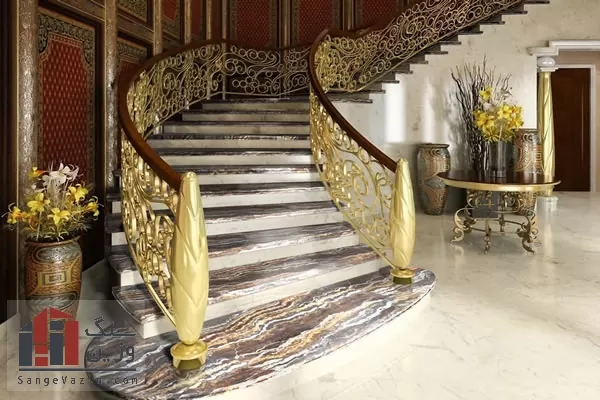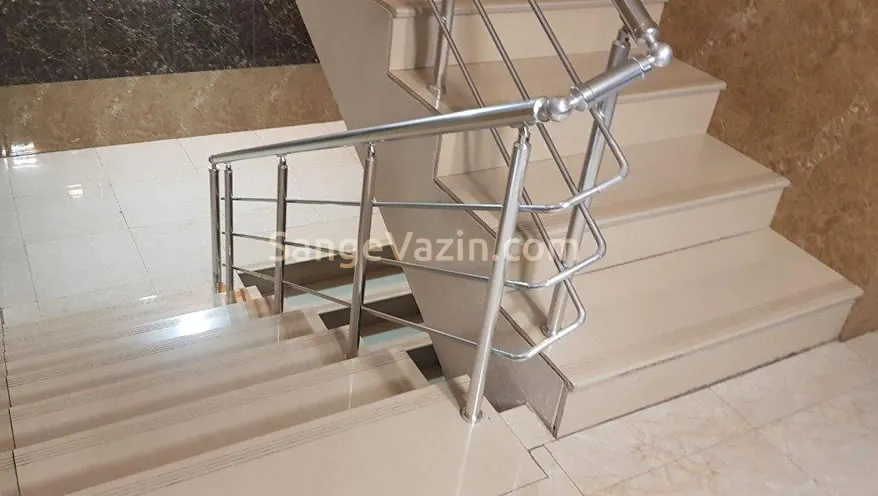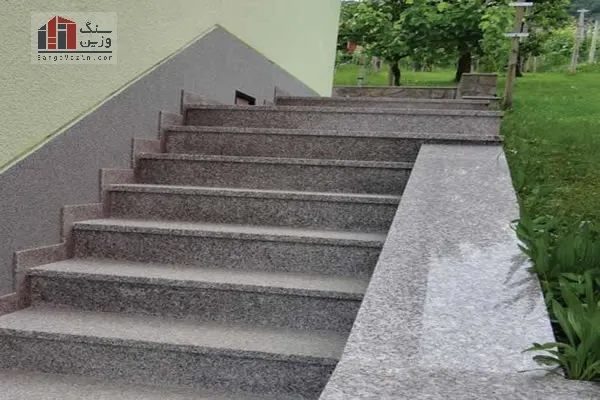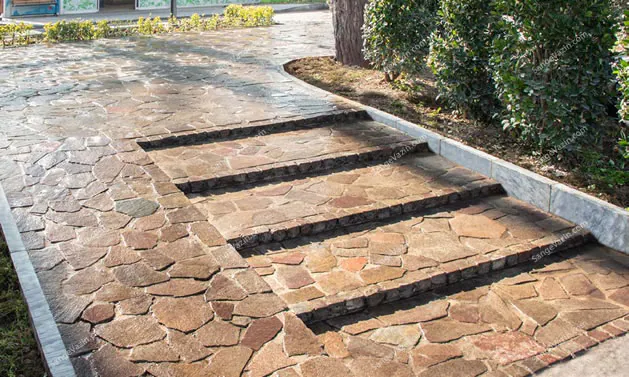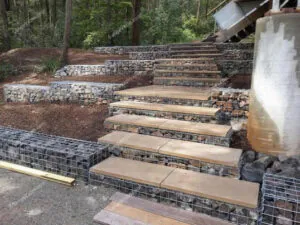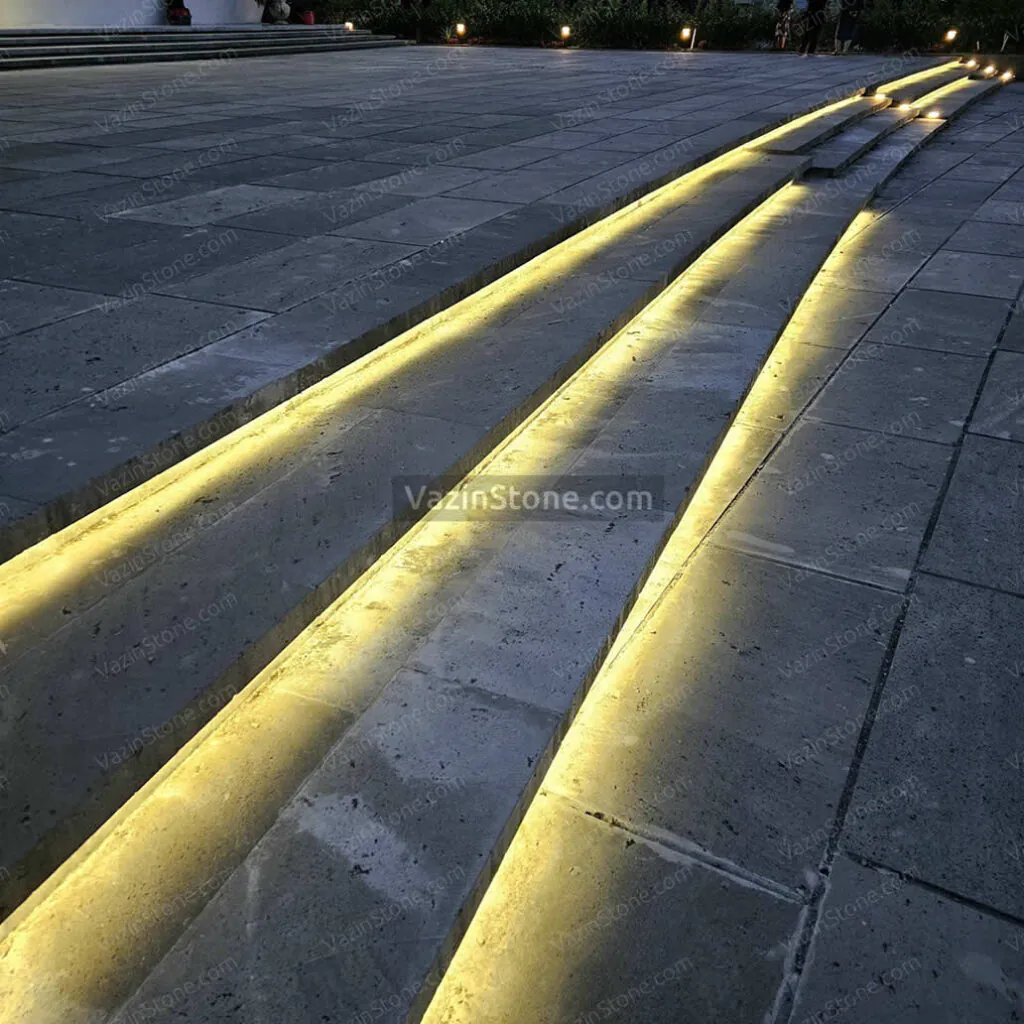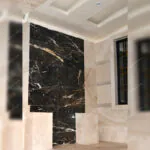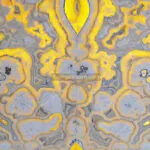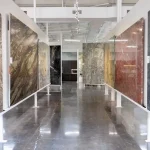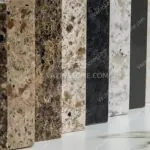Stair Stone
What you will read in this article:
Table of Contents
Stairs Stone is for the connection between the floors of a multistory building. Stairs can also be considered as a way of communication between two levels with different heights from the ground. Today, the use of stairs in duplex and triplex houses with creative and modern architecture has found a special place.
Buy Online Stone Stairs
The most often used stones for stair construction are shown in the section below. This link also shows you every stone that has been used for staircases.
Why A Stone Staircase?
The material of the stairs can be stone, wood, glass, metal, and artificial materials and artifacts. But, in general, the best, most beautiful, and most popular materials for making stairs are stone. Because, in addition to its beauty and variety in natural colors and designs, stone has considerable resistance.
Since they can withstand more pressure than the floor, Stairs must have adequate resistance. Due to the passage of time and unfavorable conditions, its color does not change, nor does it break. That is why stones are the right choice.
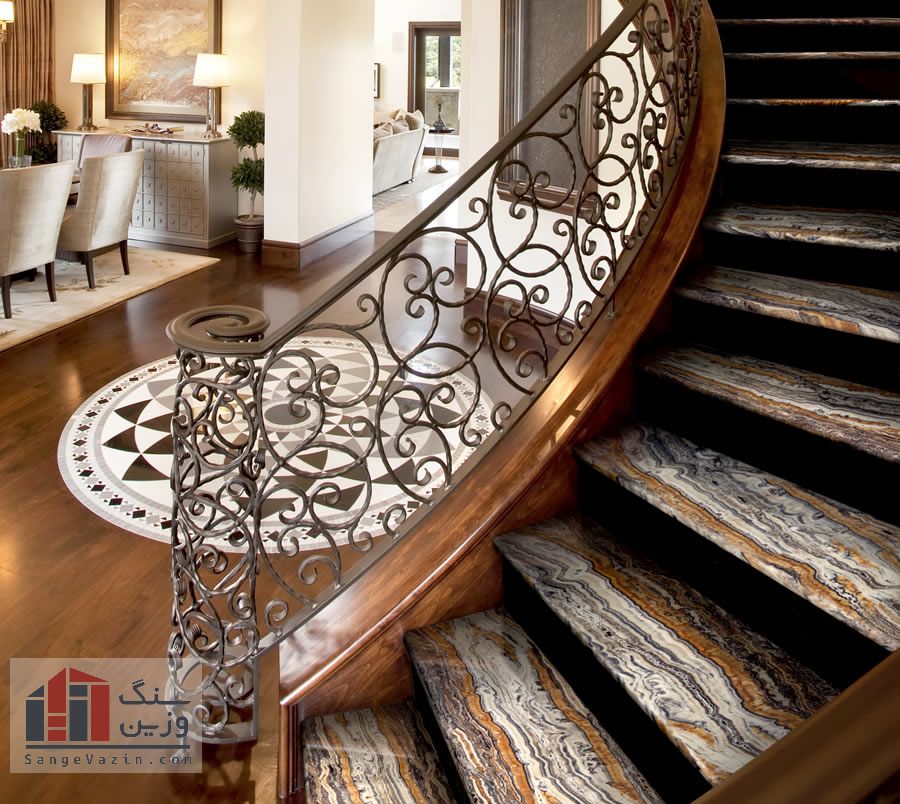
The Standard Choice For Stairs Stone
The standard for choosing a stone for stairs can be divided into two significant factors: inside and outside the building. Since these are essential factors in the choice of stone, the type of stone and stone processing depends on the application in one of these two cases.
Stairs in interior spaces should be more beautiful, and more delicate, with a glossy and transparent surface. Outdoor stairs must withstand harsh conditions (both in terms of weather and in terms of use). Besides, they must not be slippery and have good surface friction.
In general, stair stones should be selected with a thickness of more than 3 cm to have high compressive strength.
The Price Of Stair Stone
In February 2024, granite stair stone ranges in price from $6 to $26.
In February 2024, marble stair stone ranges in price from $7 to $30.
In February 2024, crystal marble stair stone ranges in price from $9 to $24.
Stair Stone Gallery
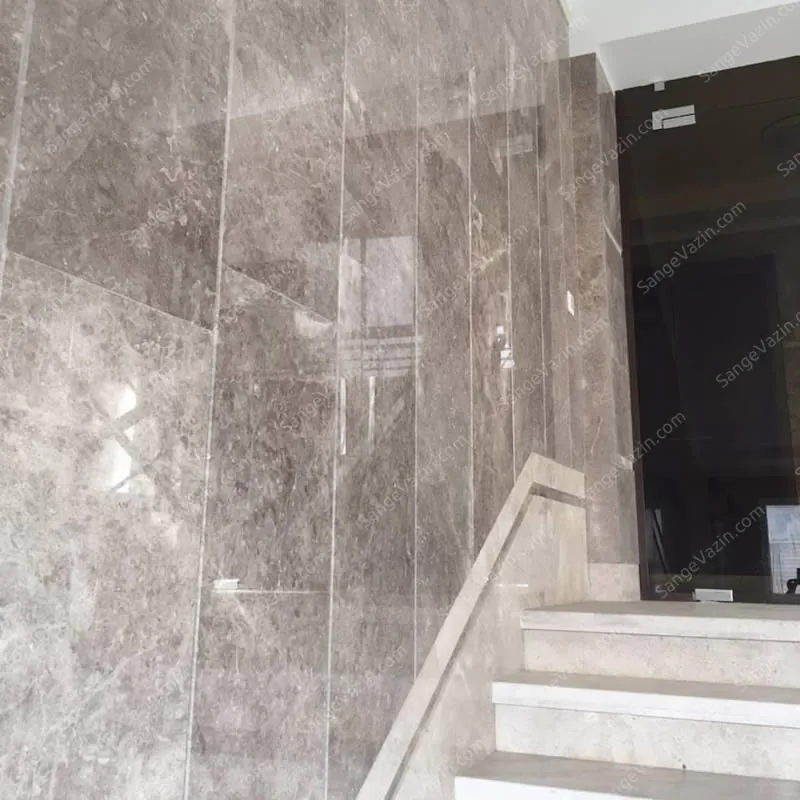
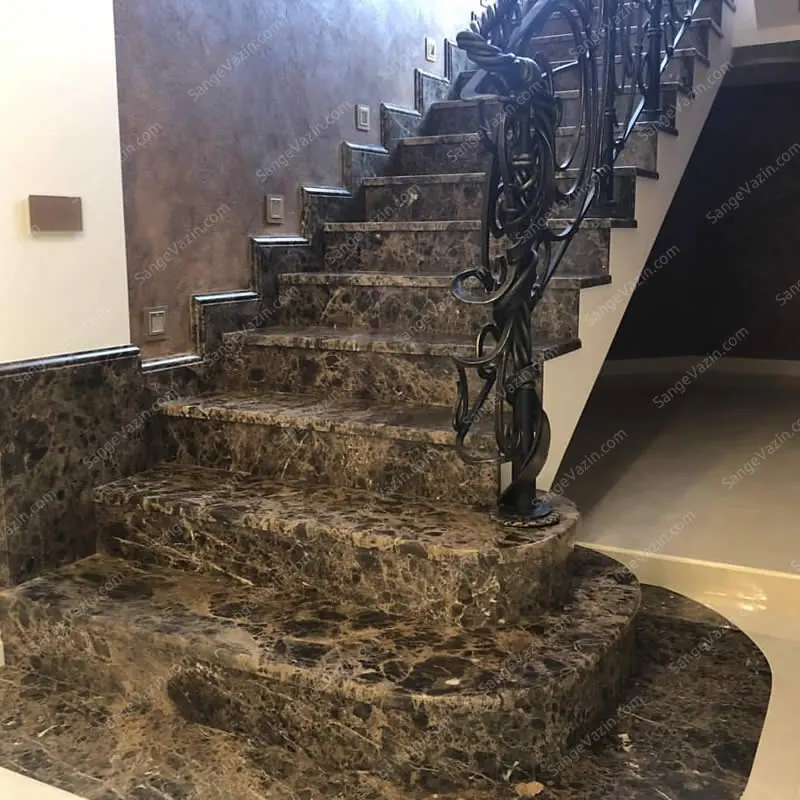
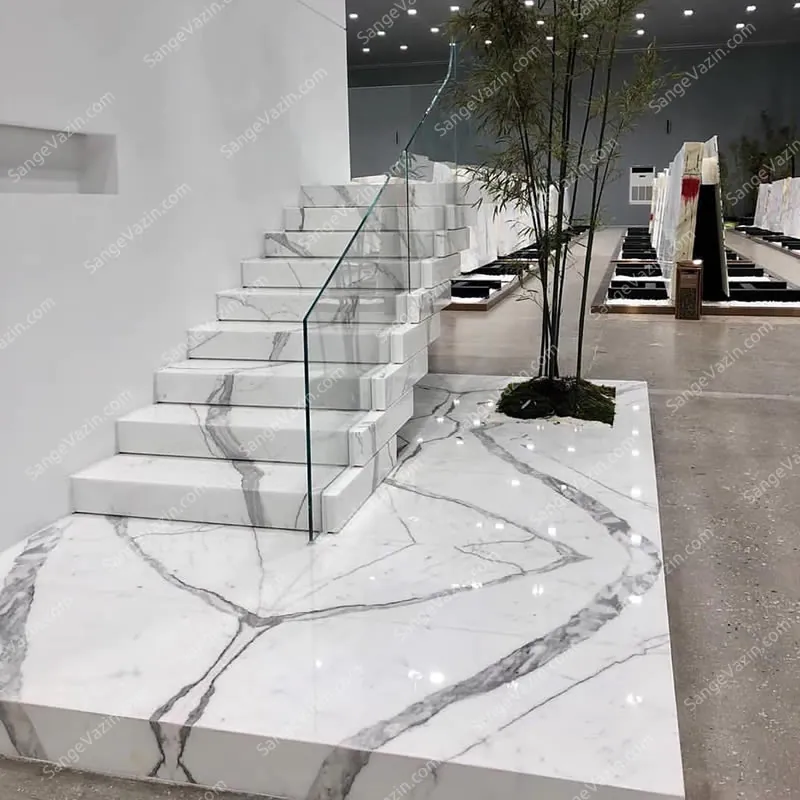
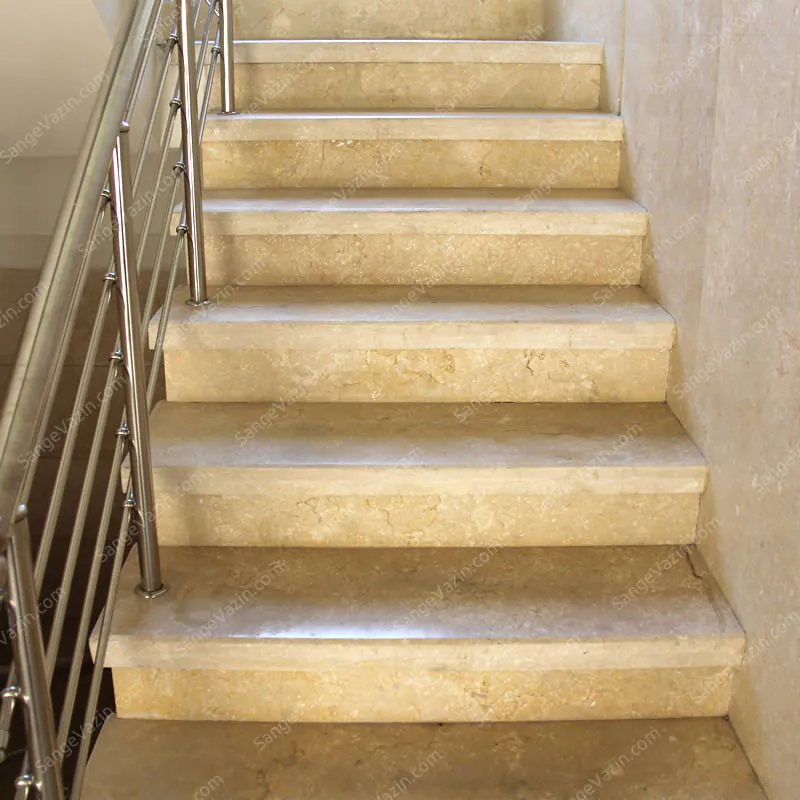
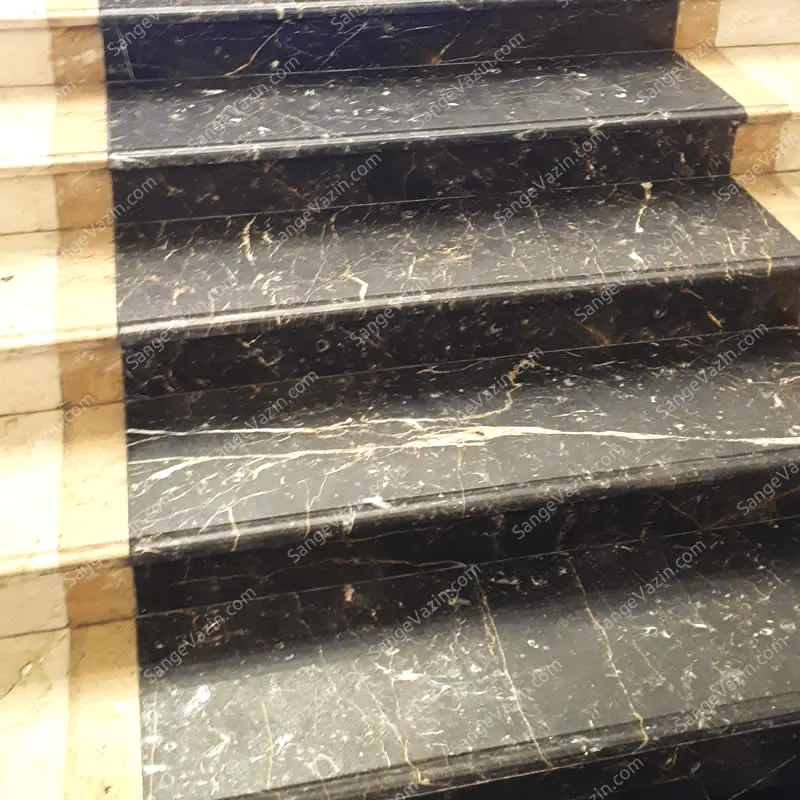
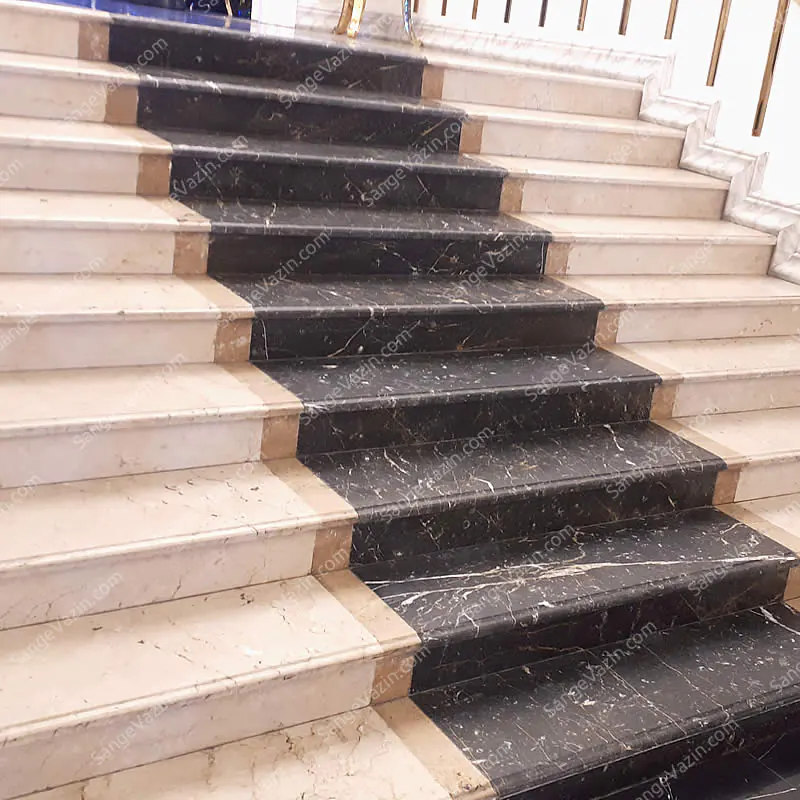
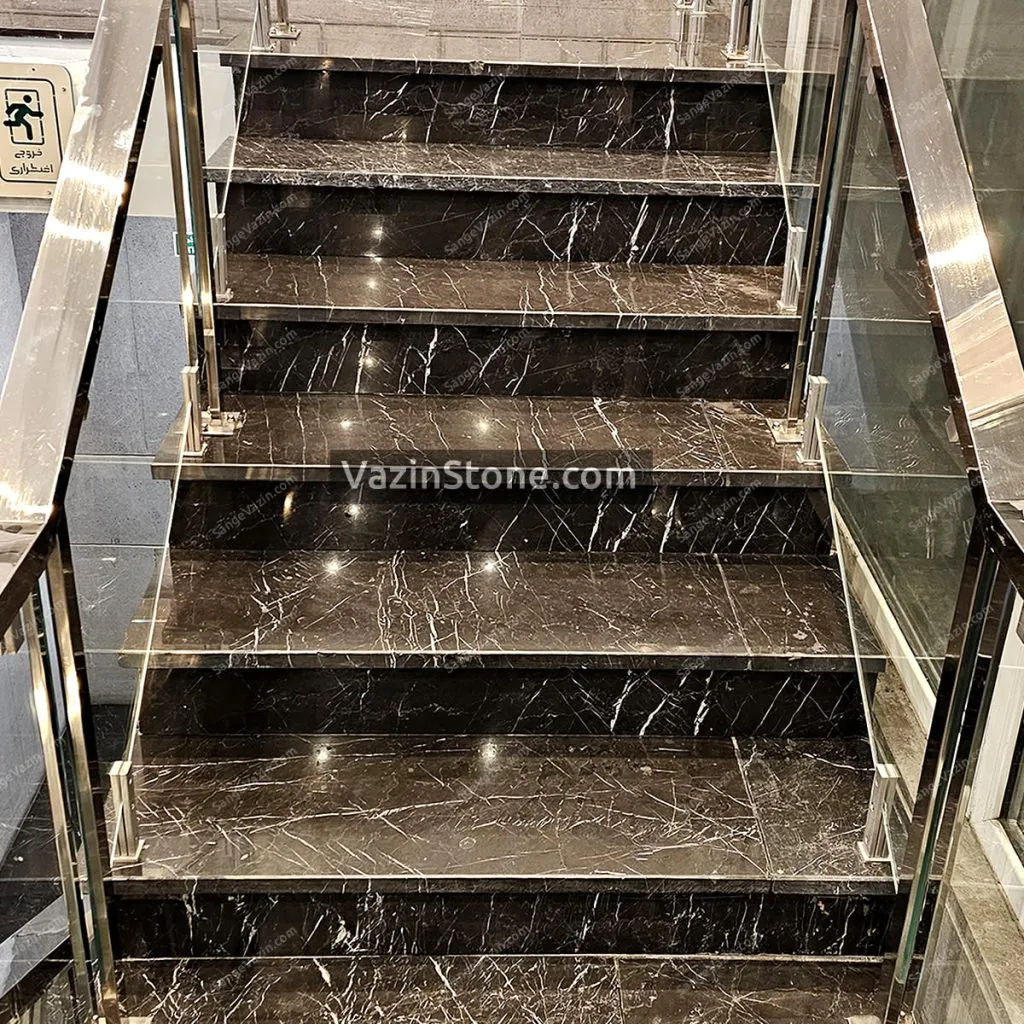
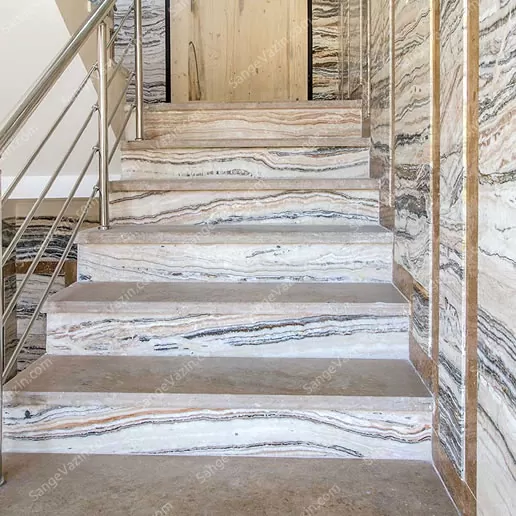
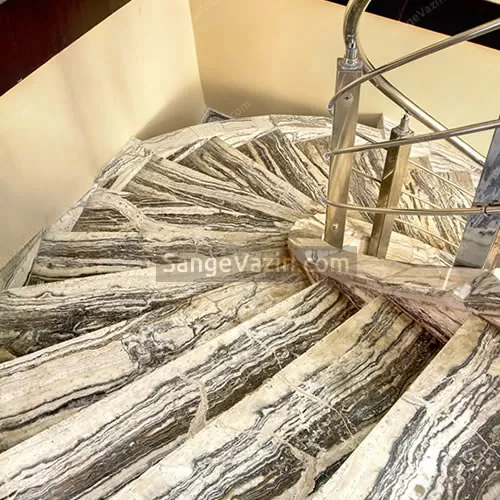
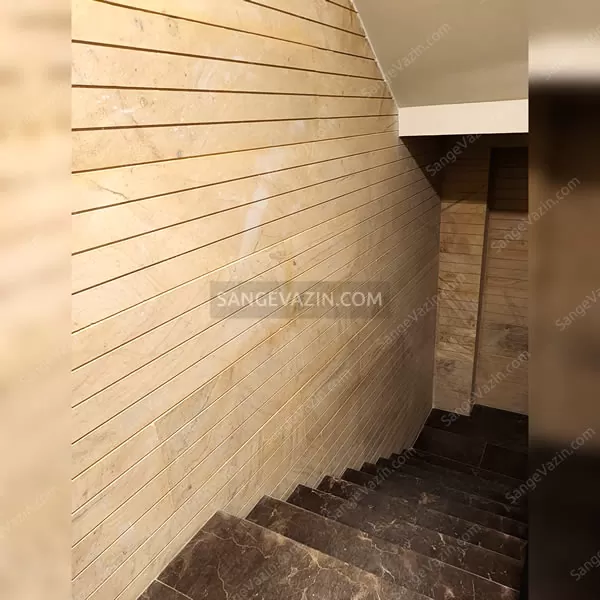
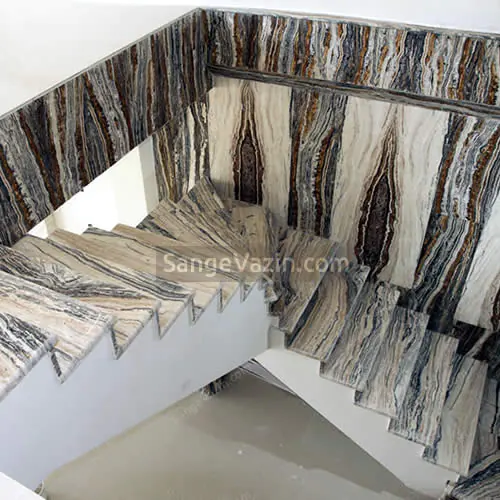
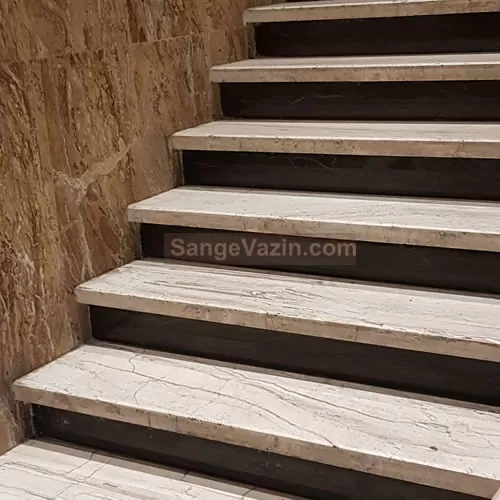
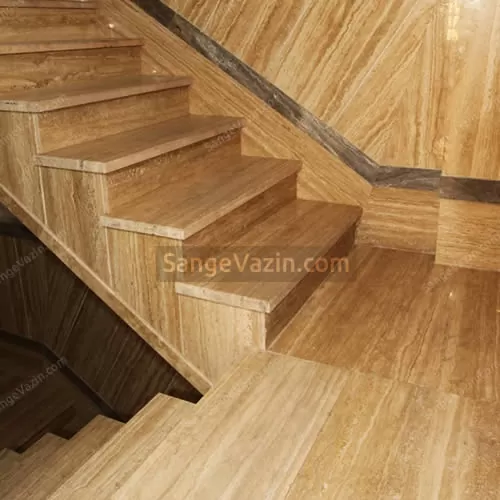
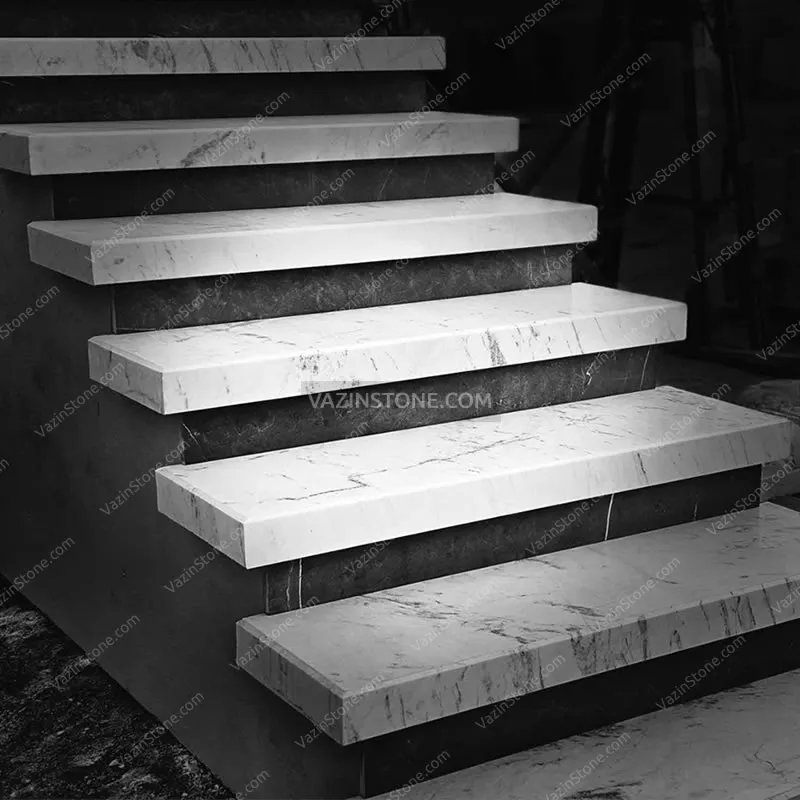
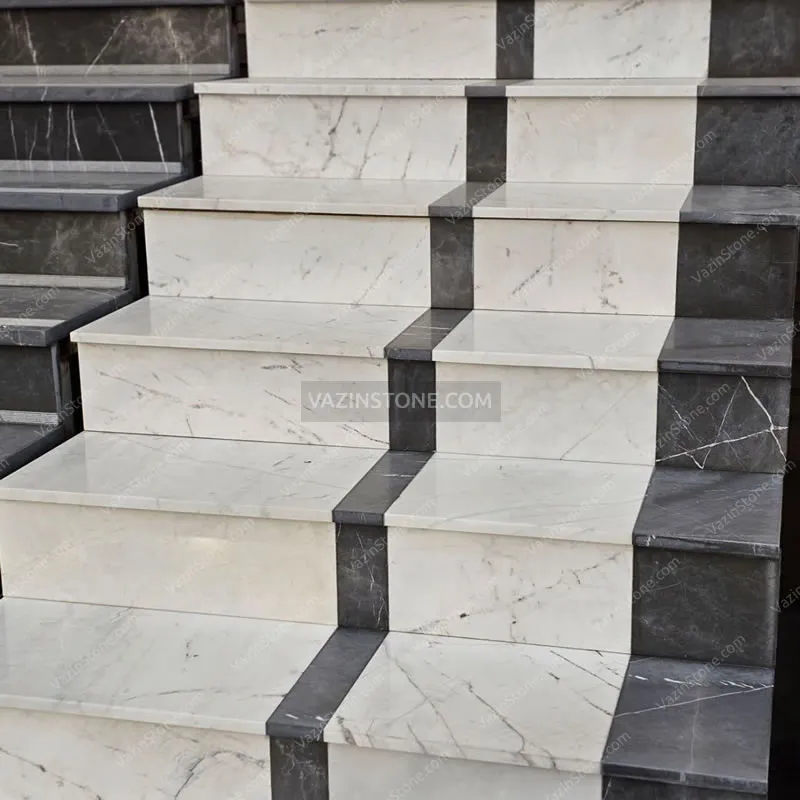
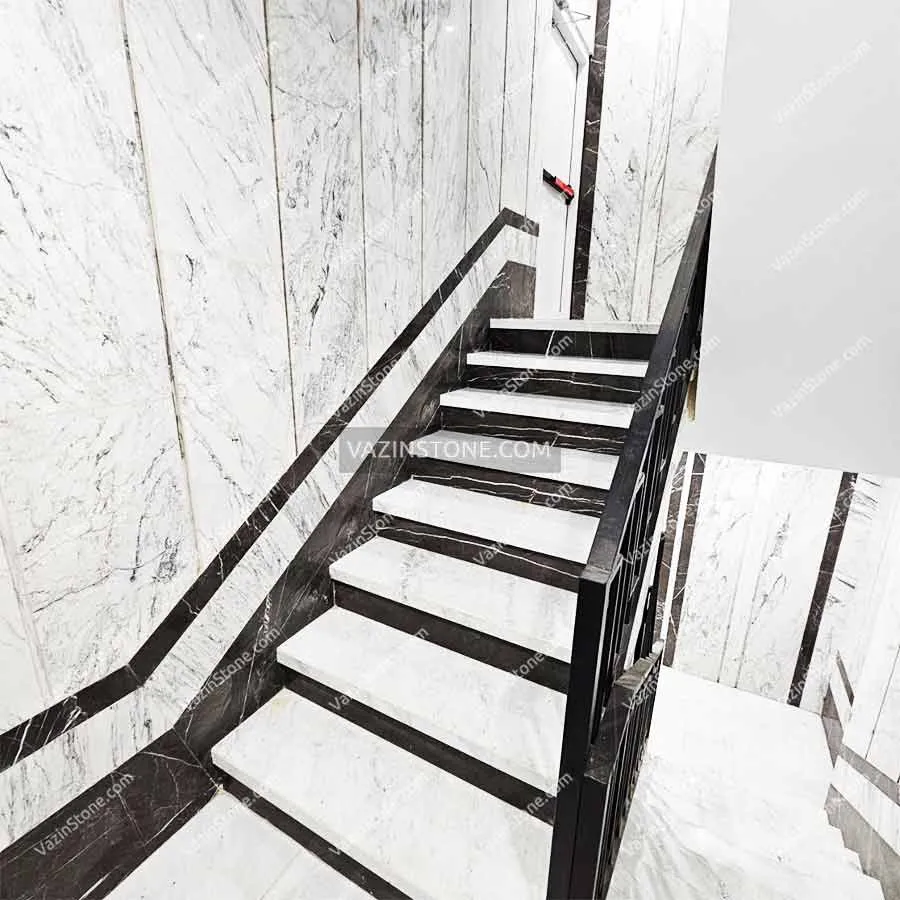
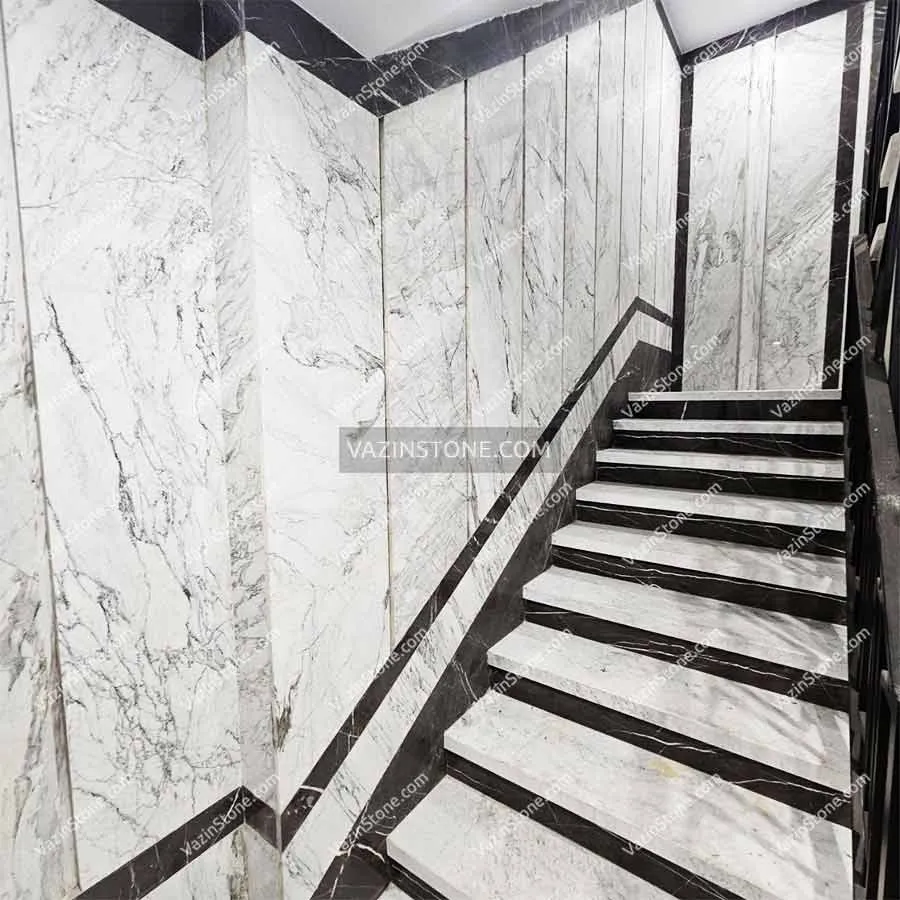
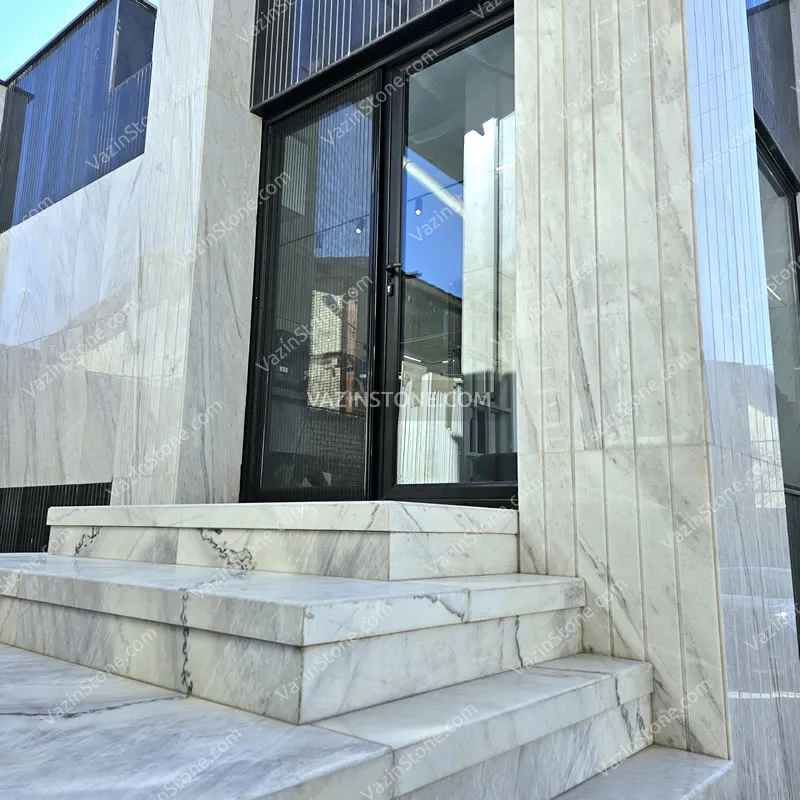
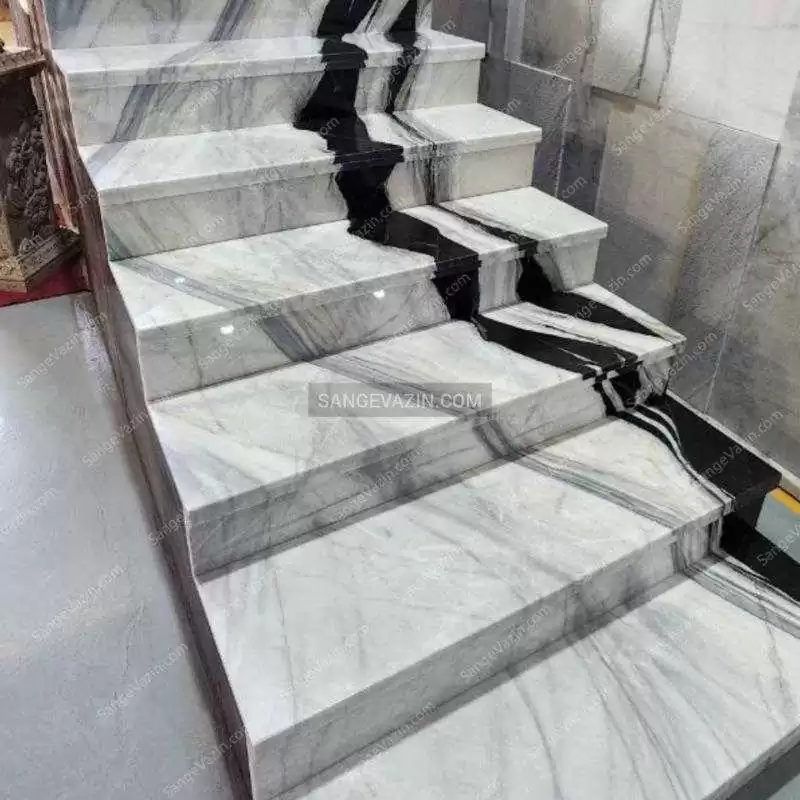
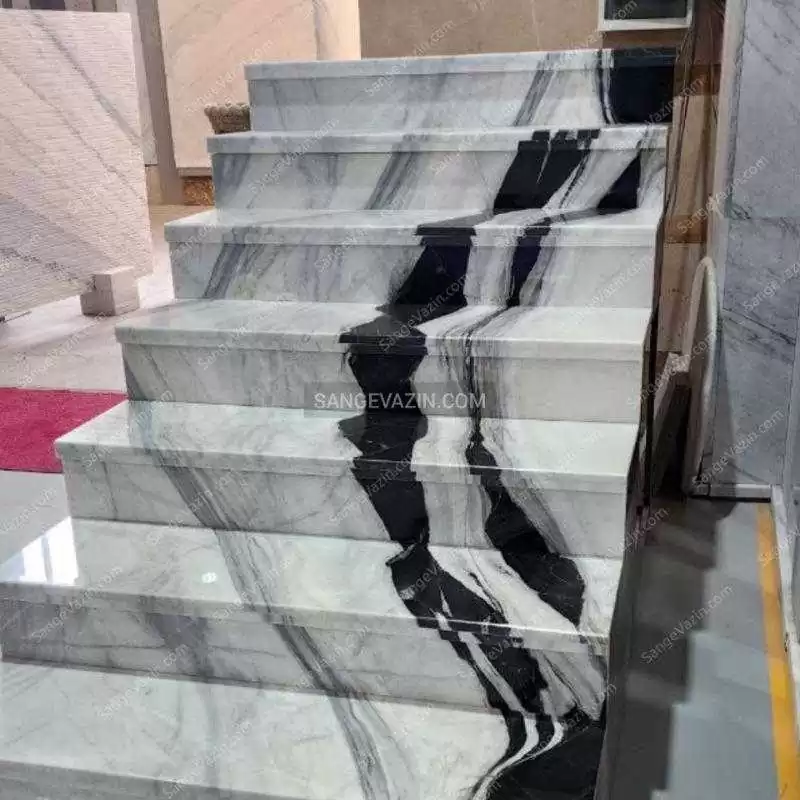
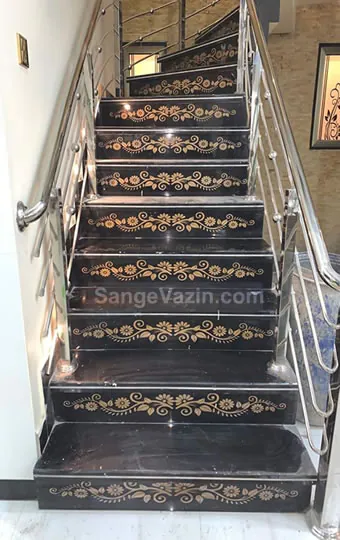
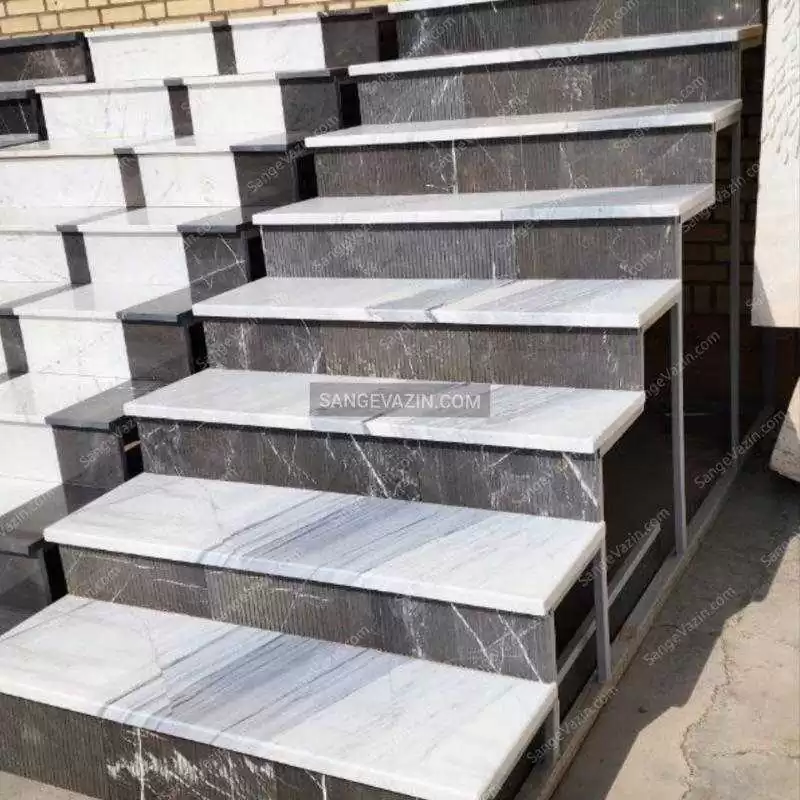
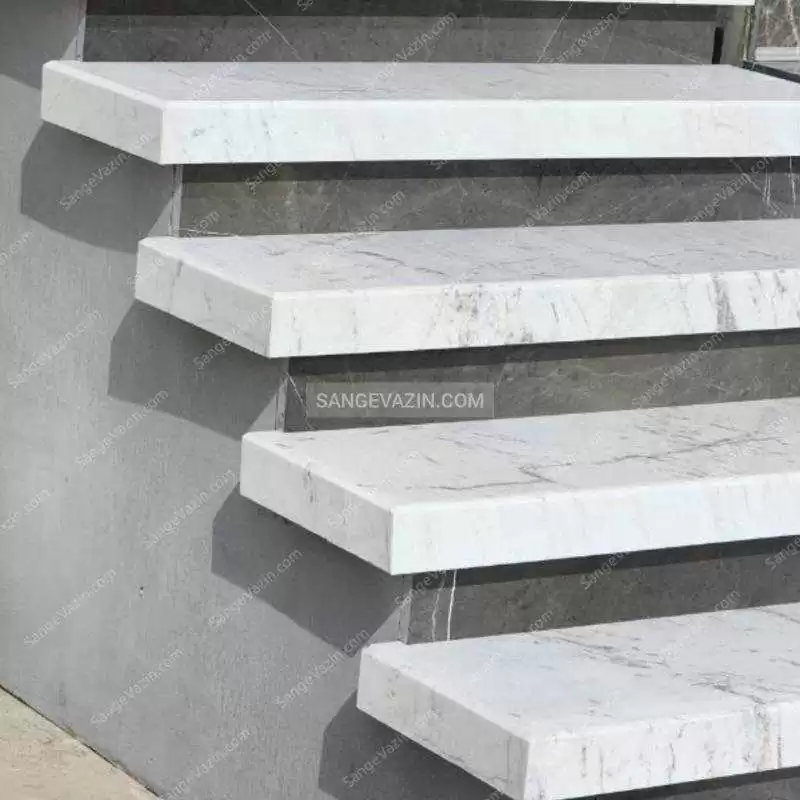
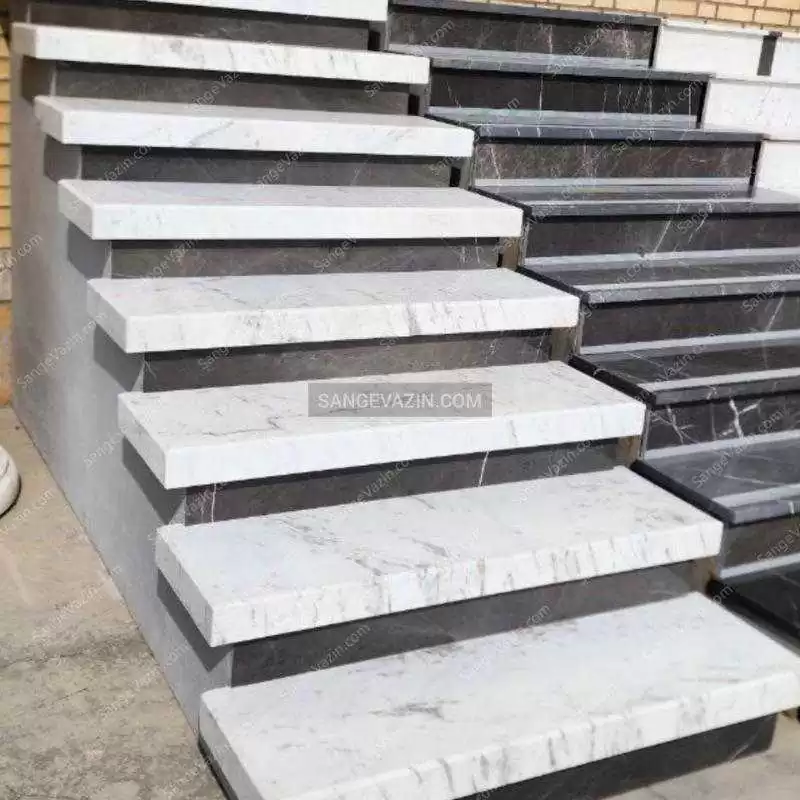
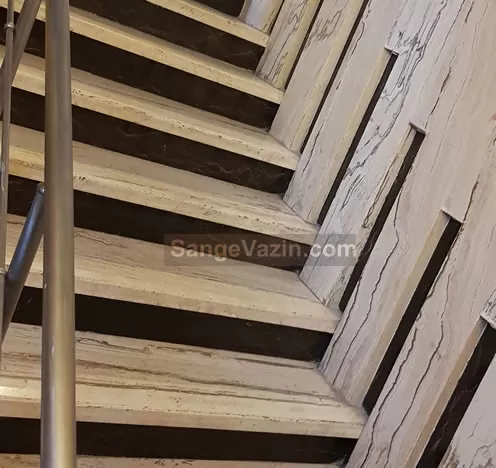
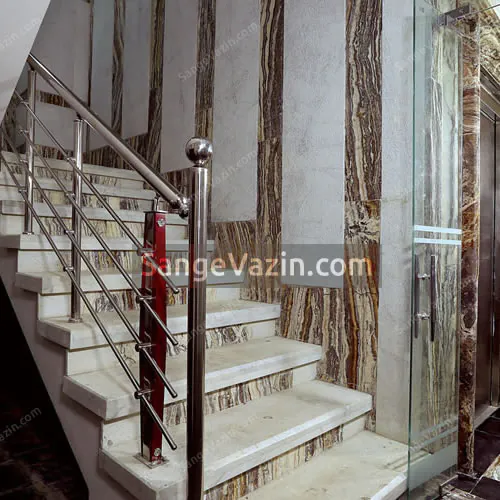
Staircase Stone For Interior
1. Marble Staircase
The interior of the building includes the building’s stairs, duplex stairs, and even the threshold of the interior doors. Marble stairs are among the most common and suitable choices for these places thanks to their reasonable price, beauty, variety of colors and designs, standard resistance, and easy cleaning and maintenance. These stairs are used with a glossy surface finish.
The Khoy marble stair stones with exquisite stone handrails are shown in the two photos below.
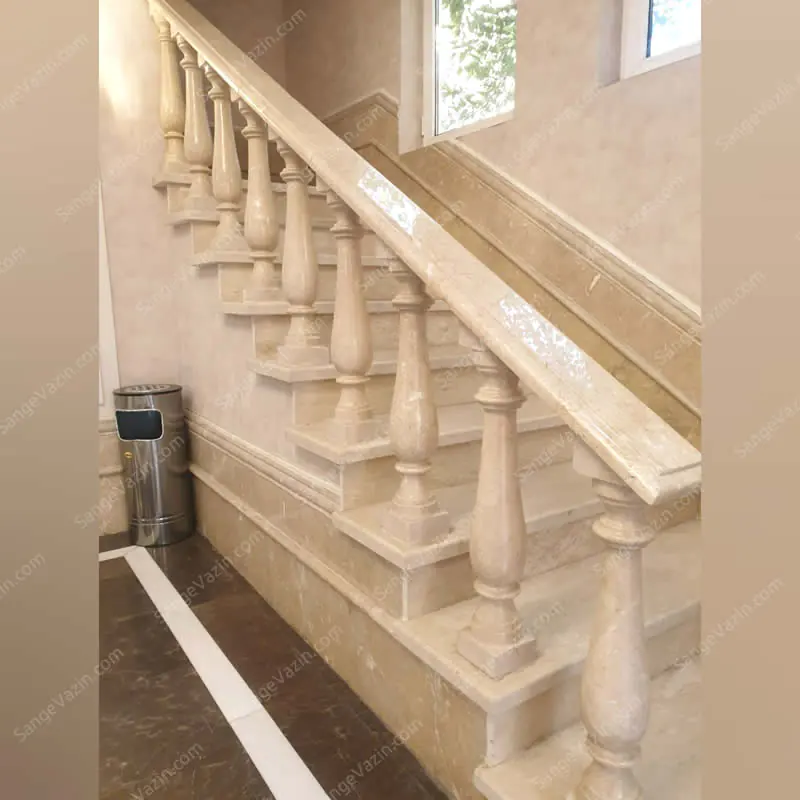
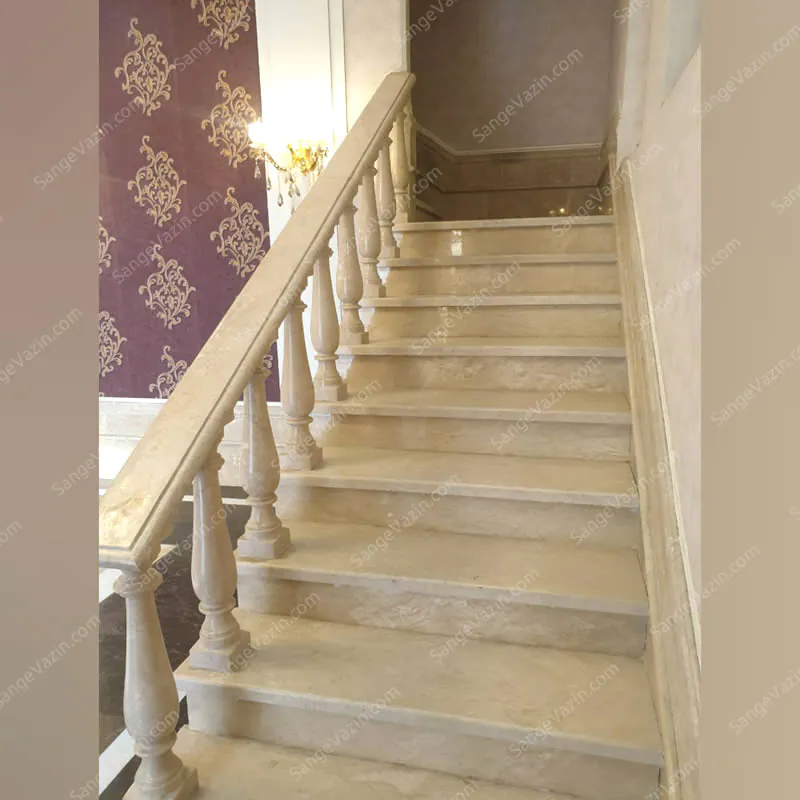
These photos show a stunning combination of salsali marble and spider marble stones in an apartment staircase in Tehran. You may find it simple and secure to purchase online stair stones from Vazinstone.
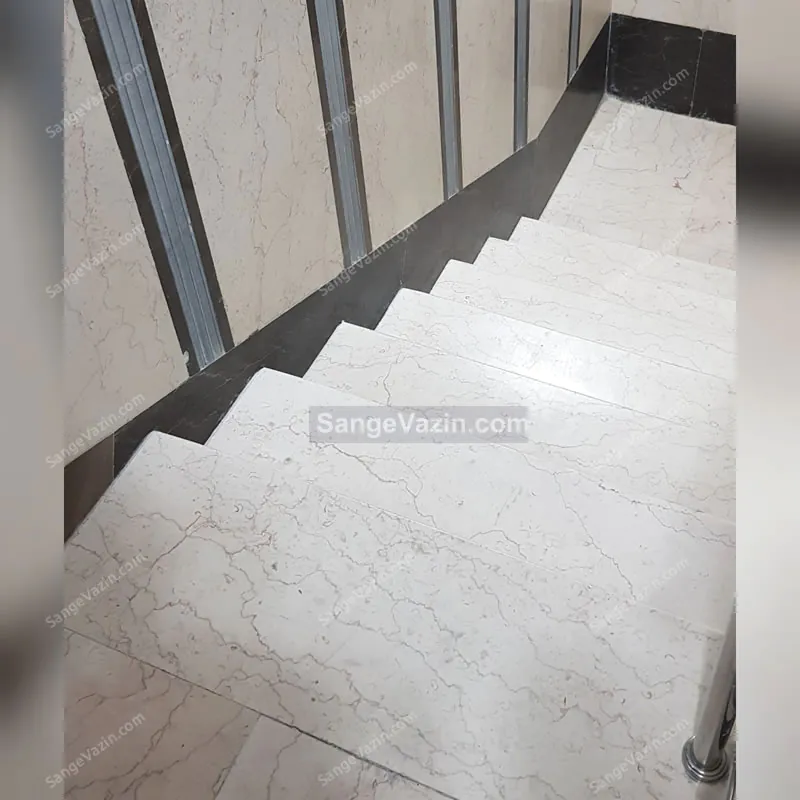
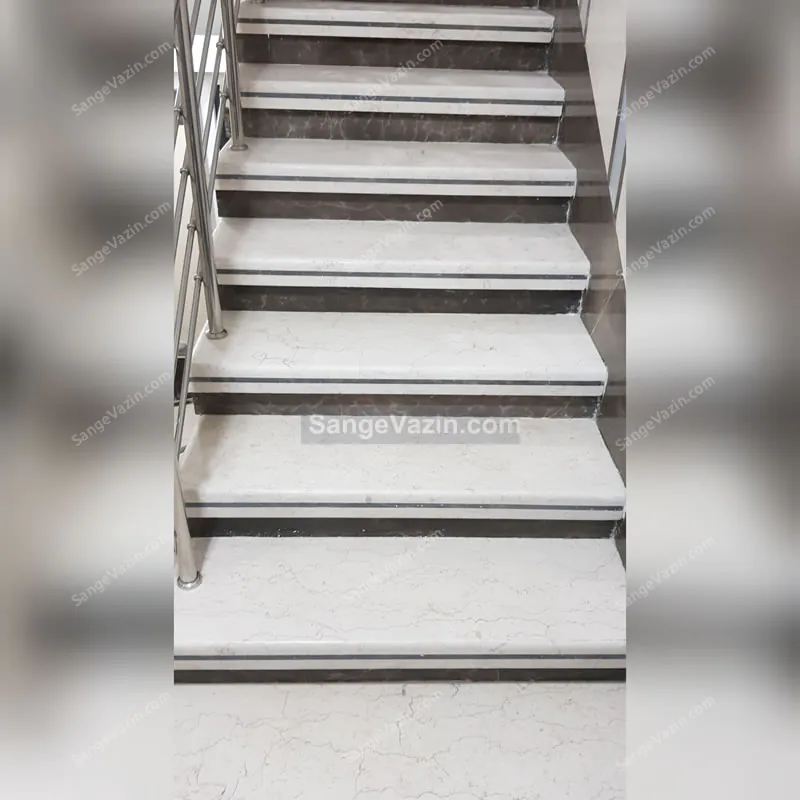
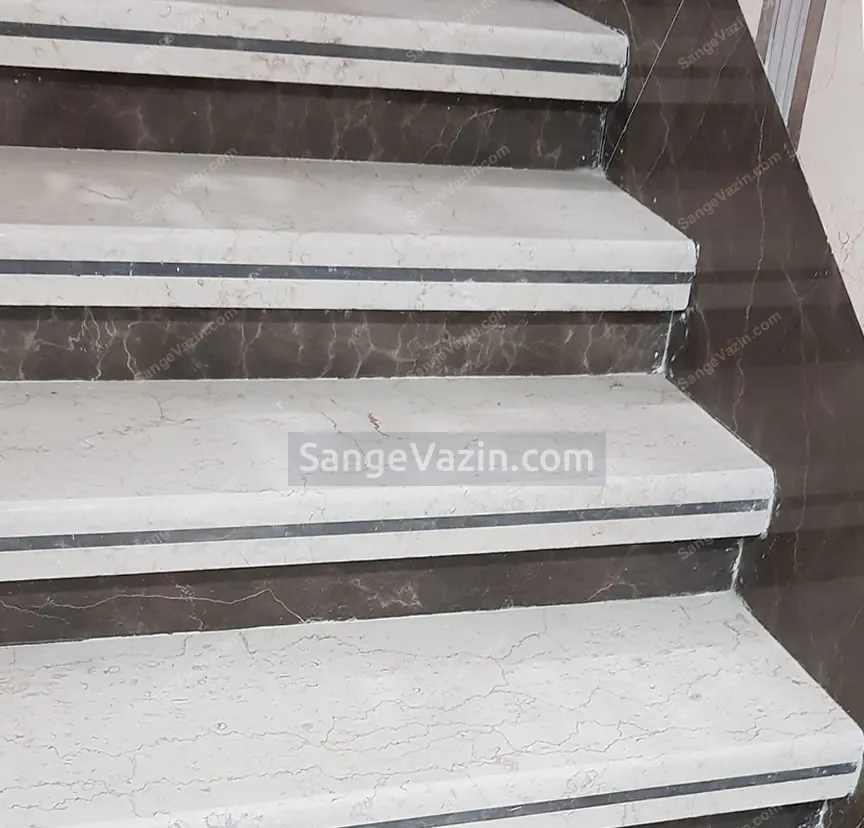
You can see a great look at the black veins in the Pietra grey marble in the photos of the staircase below. To avoid slippage, the stair edges were given a scratched finish.
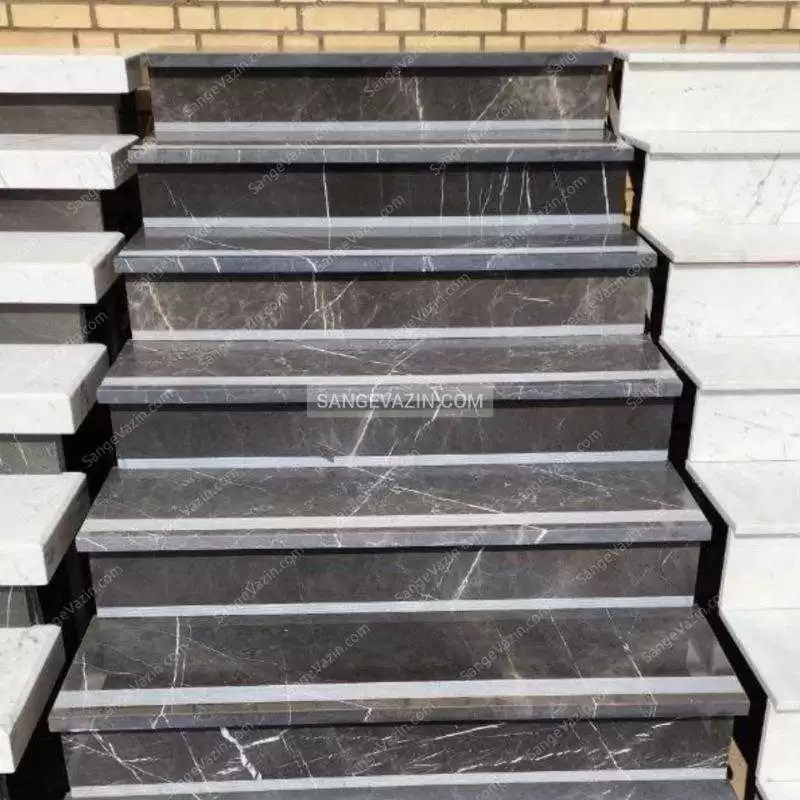
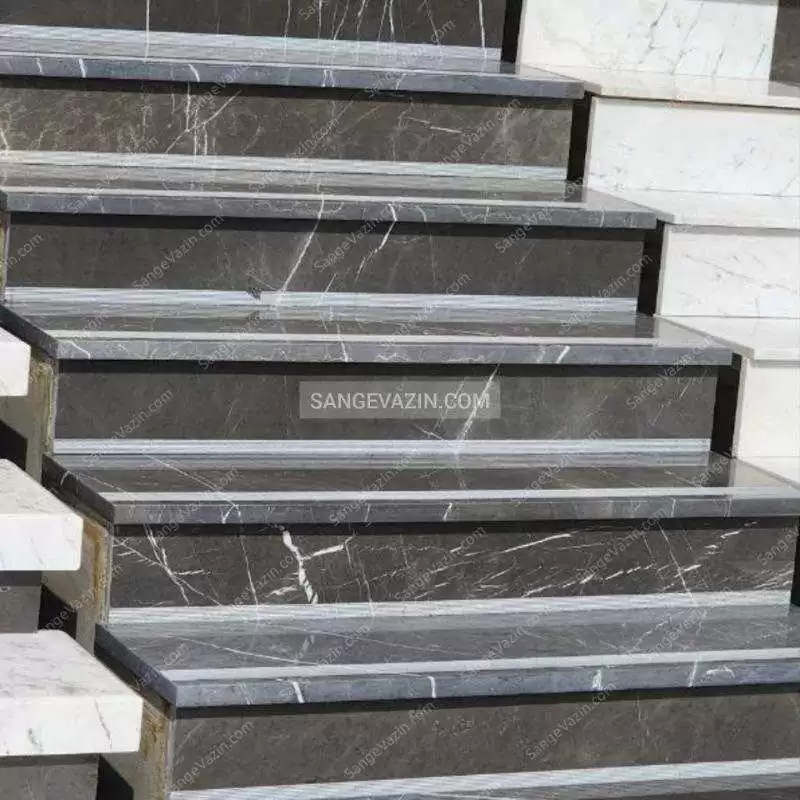
This staircase has a unique appearance thanks to the combination of Qorve crystal marble and Pietra grey marble stones.
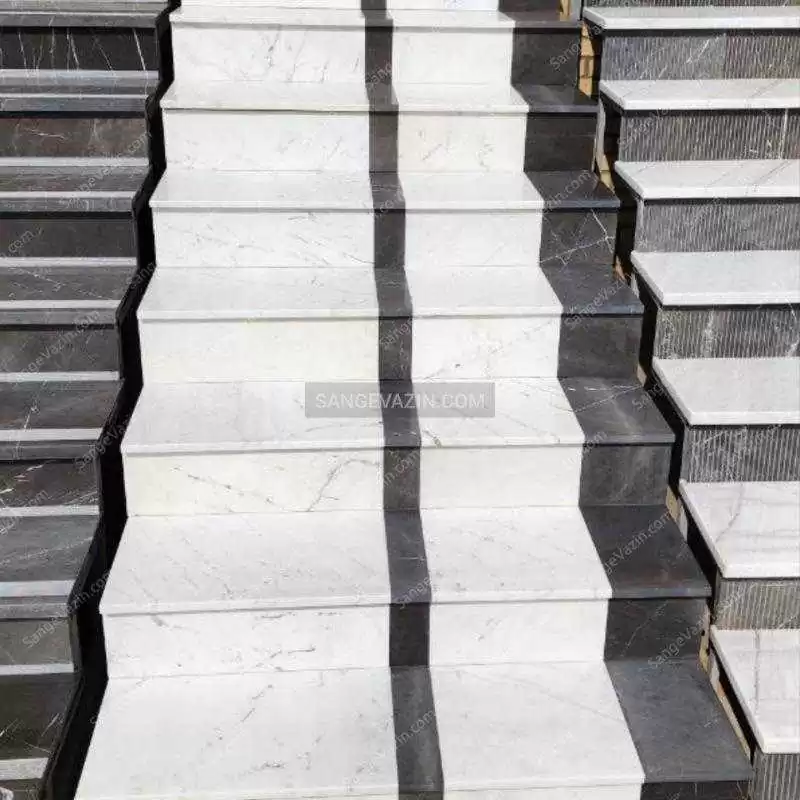
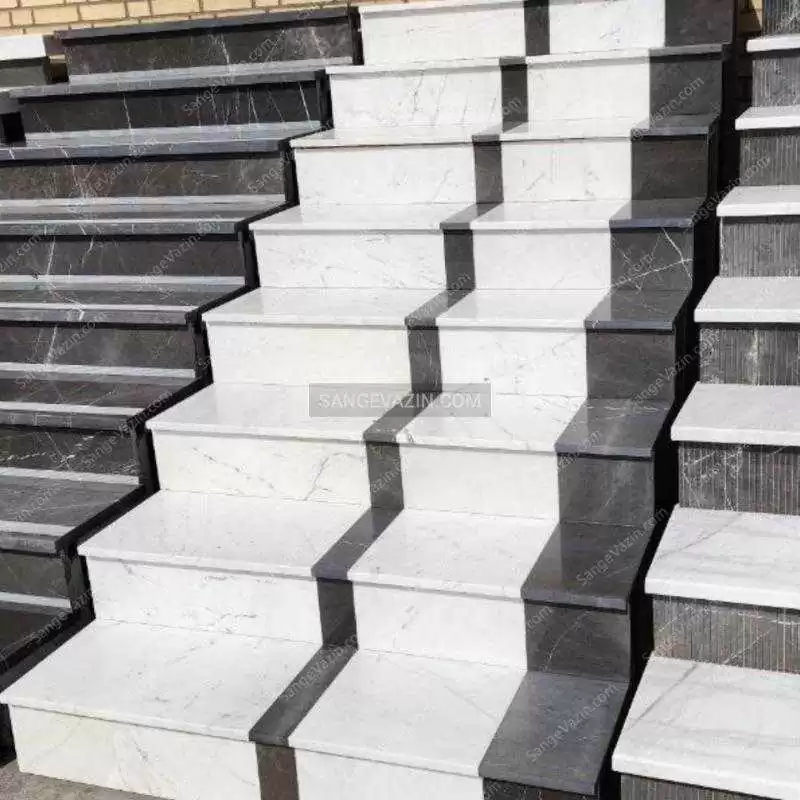
In the gallery below, you can see images of Harsin marble used on stairs, combined with Hajiabad travertine on the stairway and parking walls.
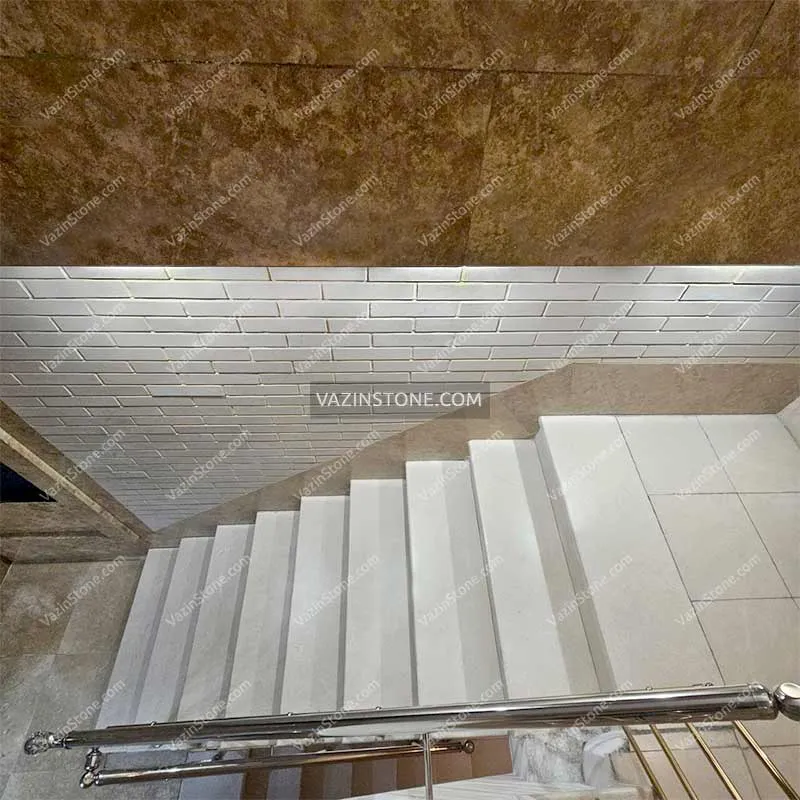
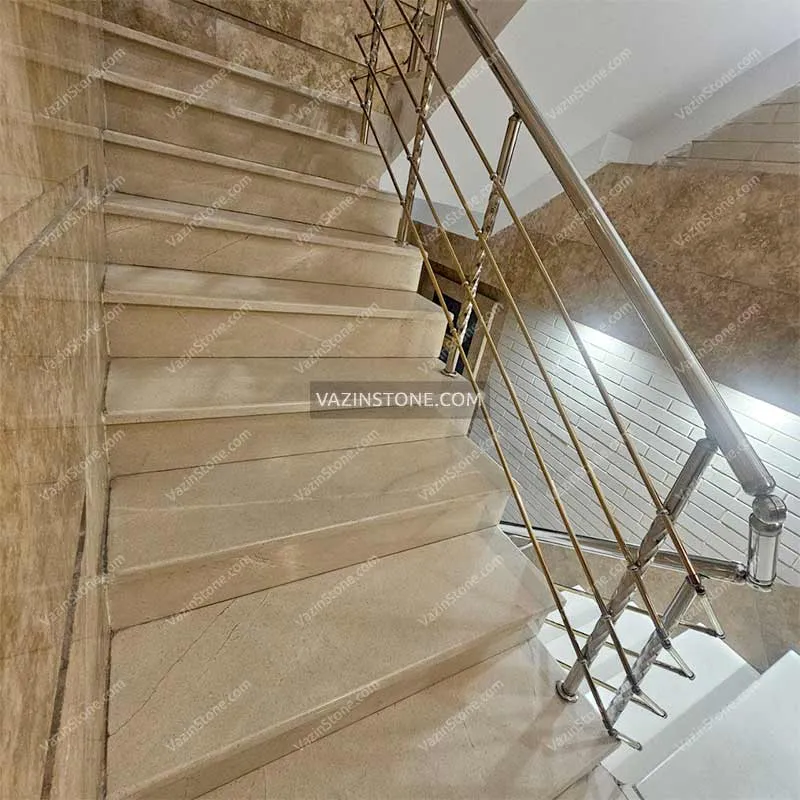
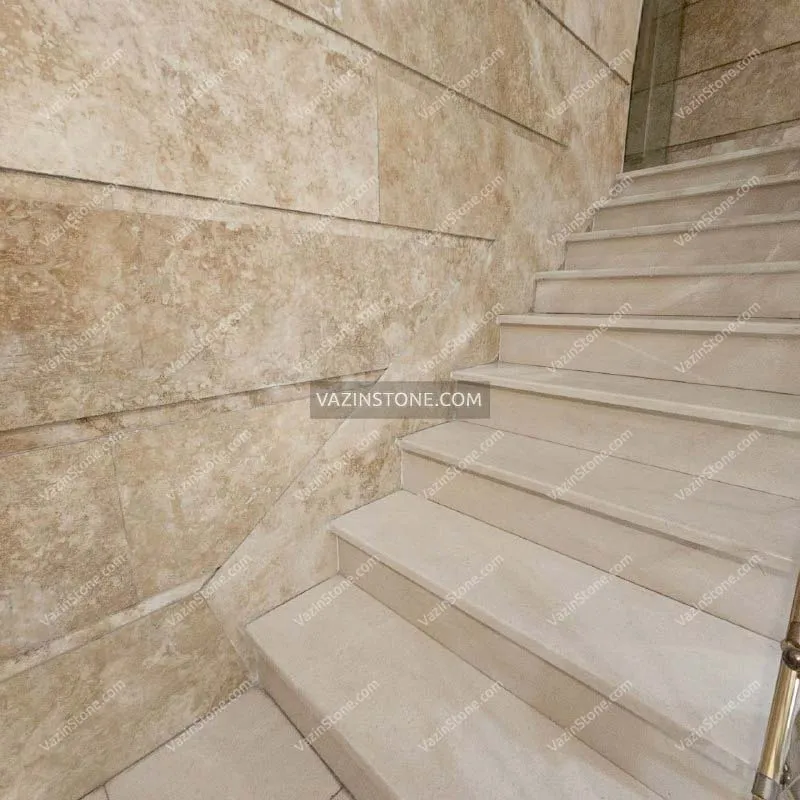
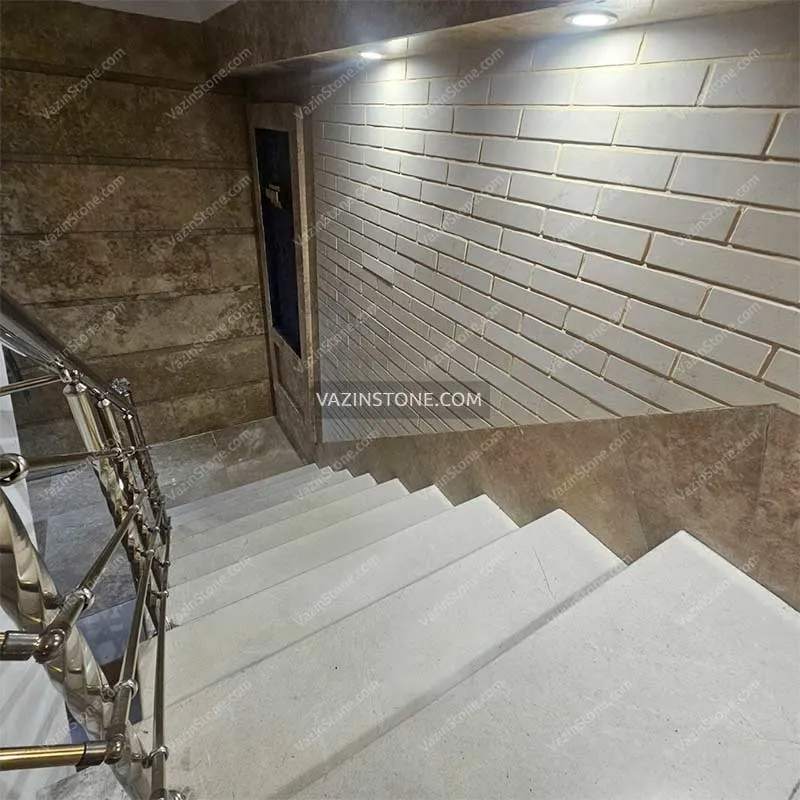
2. Granite Staircase
In the next stage, there is granite. Although it has a higher resistance than marble, it does not have a variety of designs and colors. It is heavier than marble and will increase the weight of the building. The color variation in domestic granite quarries includes light gray, dark gray, black, red, orange, and green.
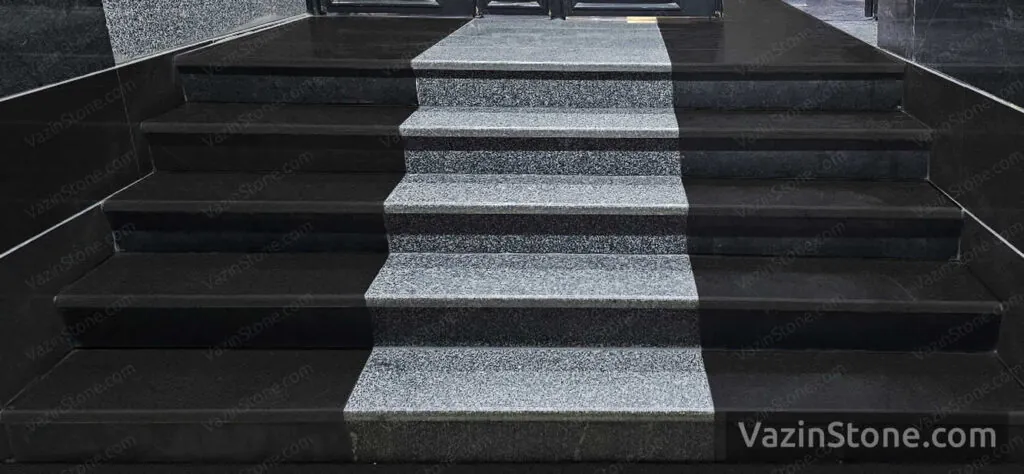
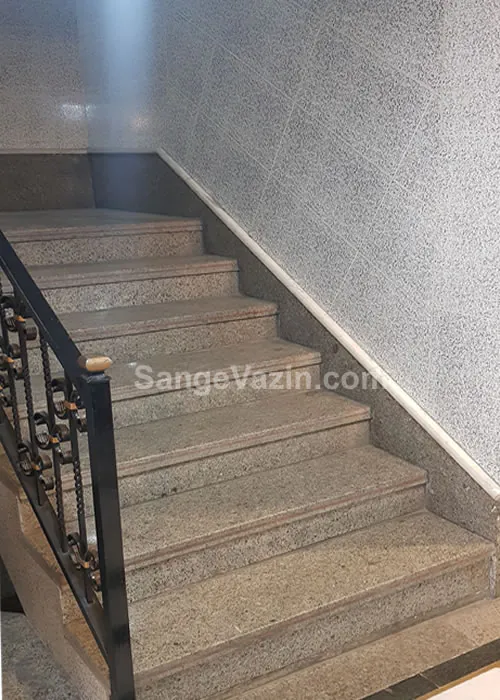
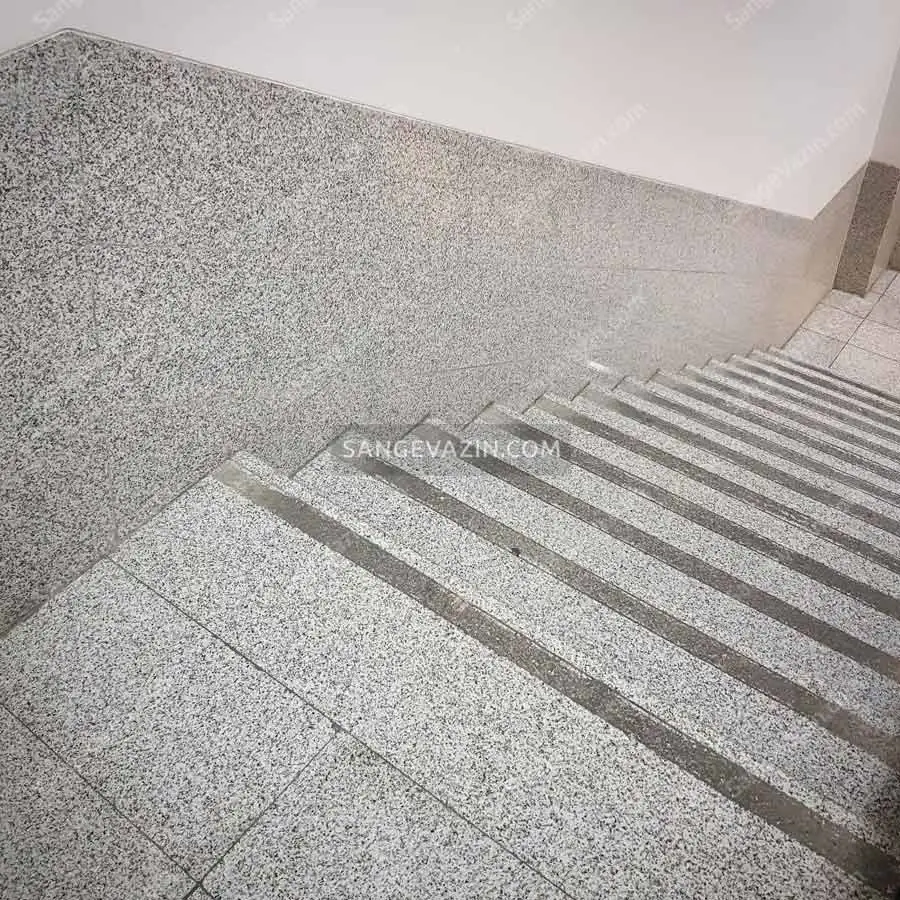
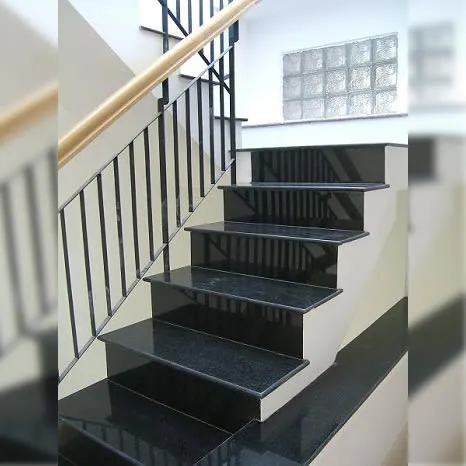
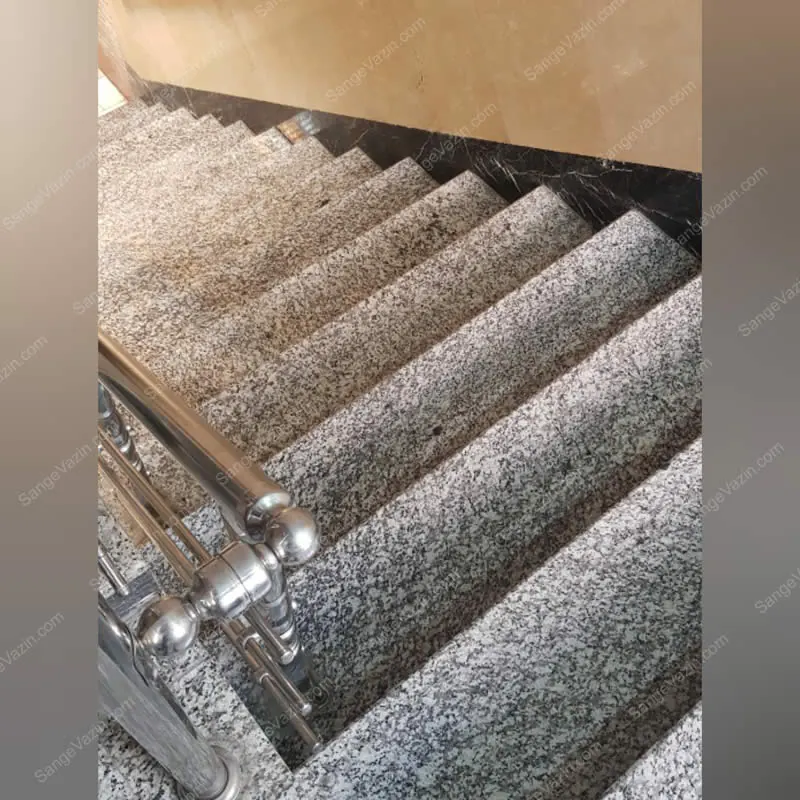
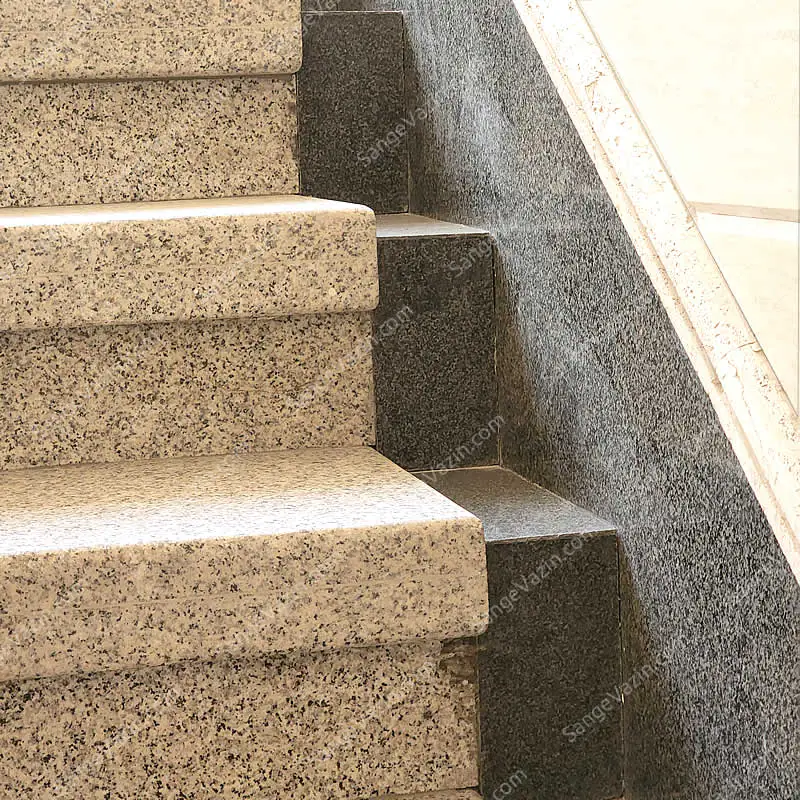
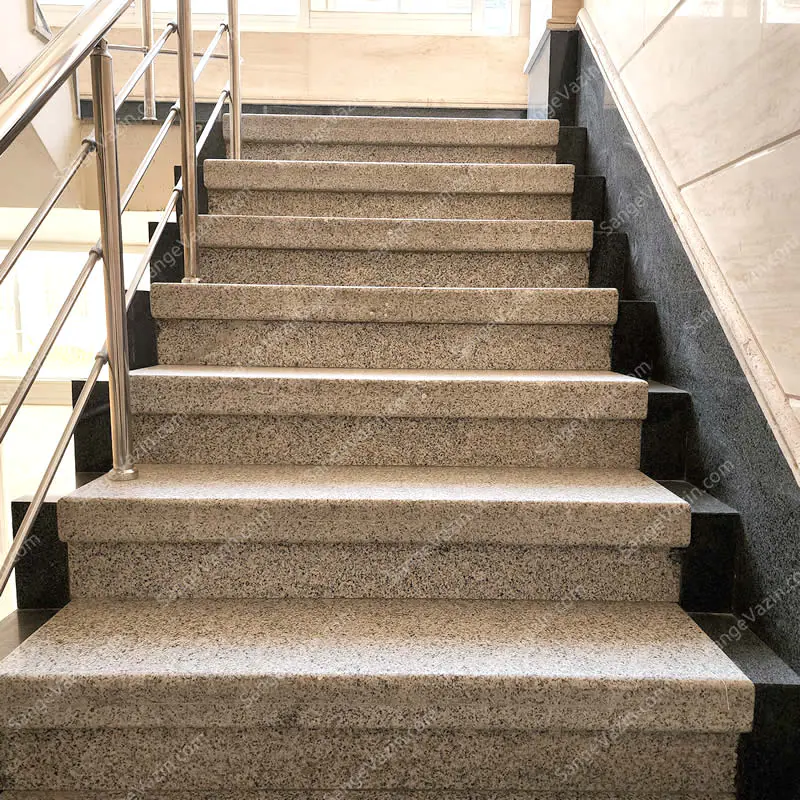
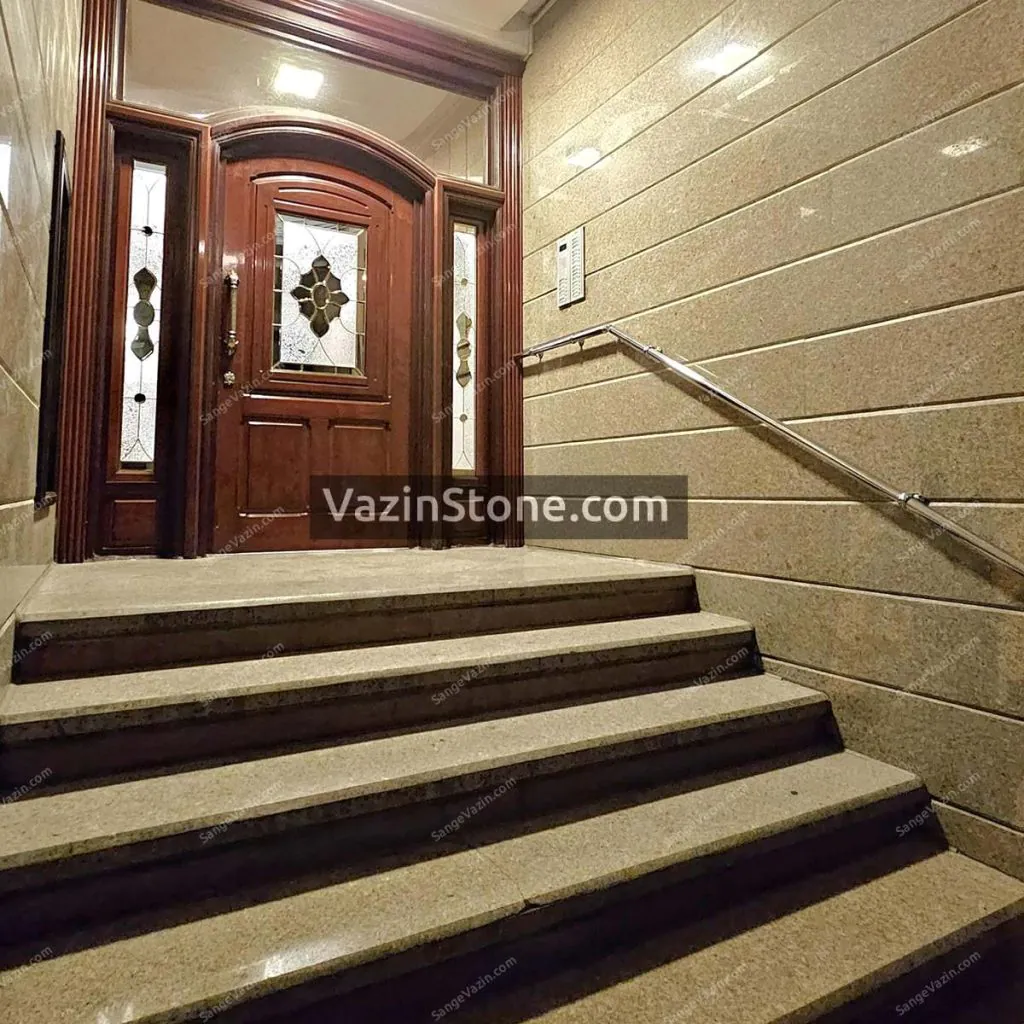

3. Onyx Staircase
In the next stage, there are Onyx stones that often have all the proper factors and are reasonably priced. Onyx stairs are used in luxurious and ceremonial spaces and buildings and the Shrines of Imams and religious places.
Staircase Stone For Outdoor Space
Outdoors are exposed to the open air, direct sunlight, drought and humidity, rain and snow, and harsh conditions. so :
- Outdoor stairs should not have a completely polished and slippery surface.
- Outdoor stairs should be highly resistant to impact, scratches, and extreme conditions.
- The outdoor stair stone should be resistant to coldness and heat so as not to be subject to weathering and cracking.
- Also, the beauty and harmony of the outdoor stairs should be in line with the architecture of the building.
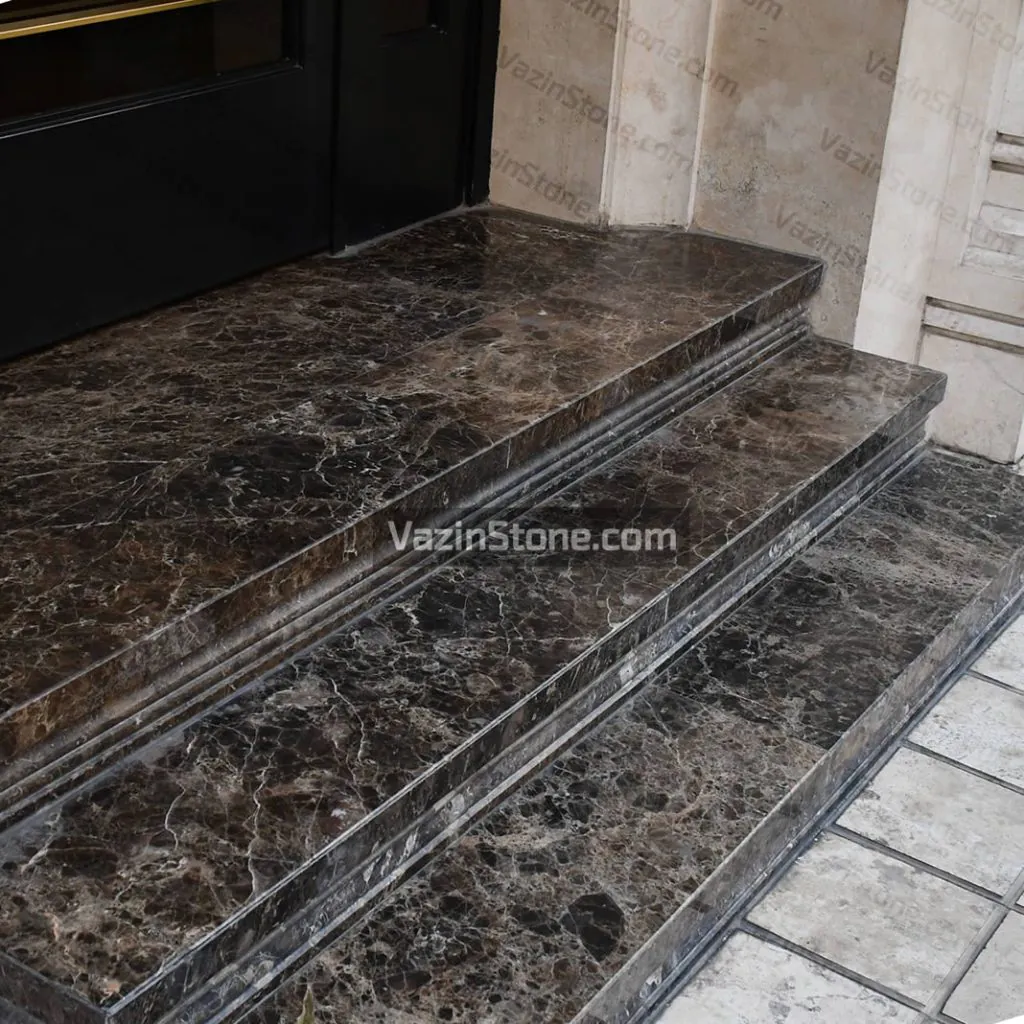
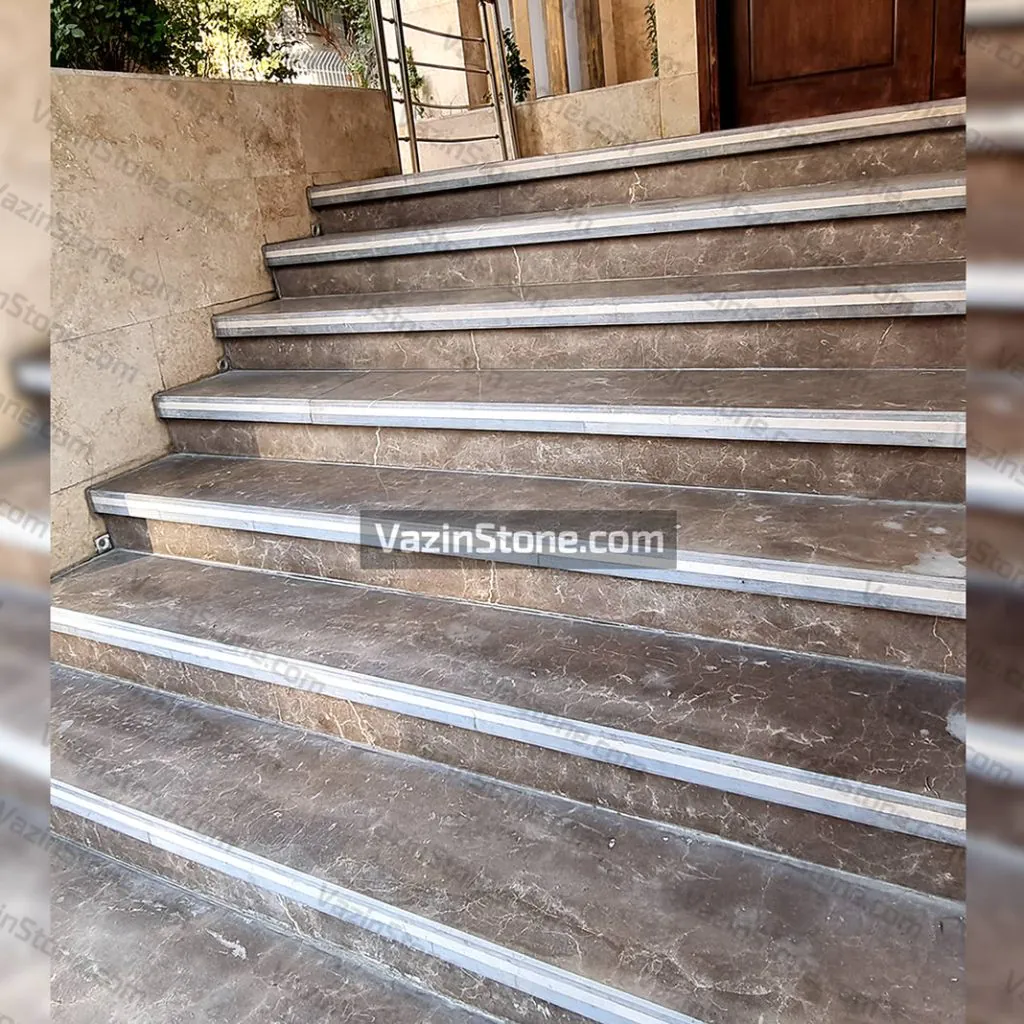
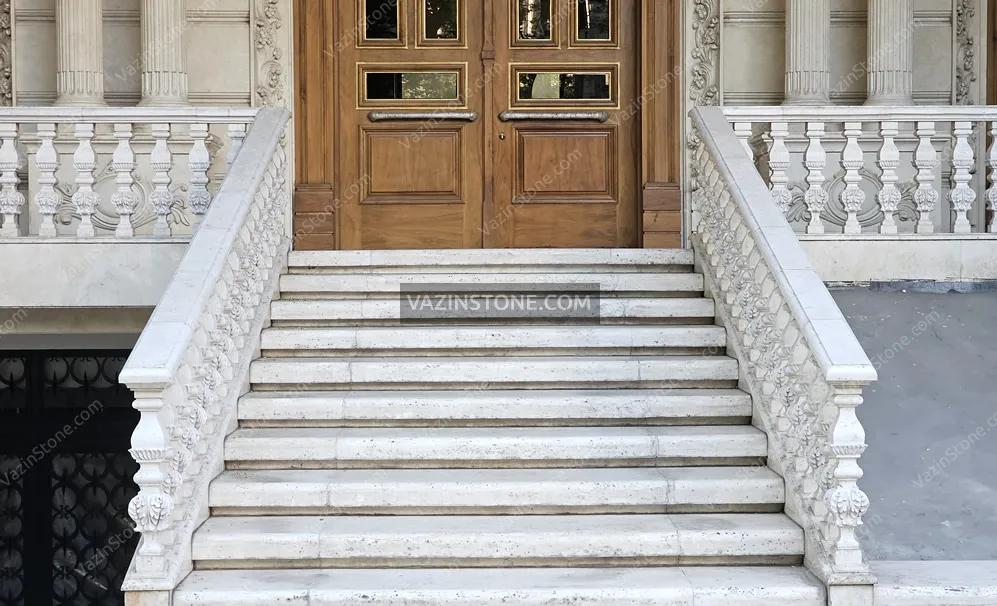
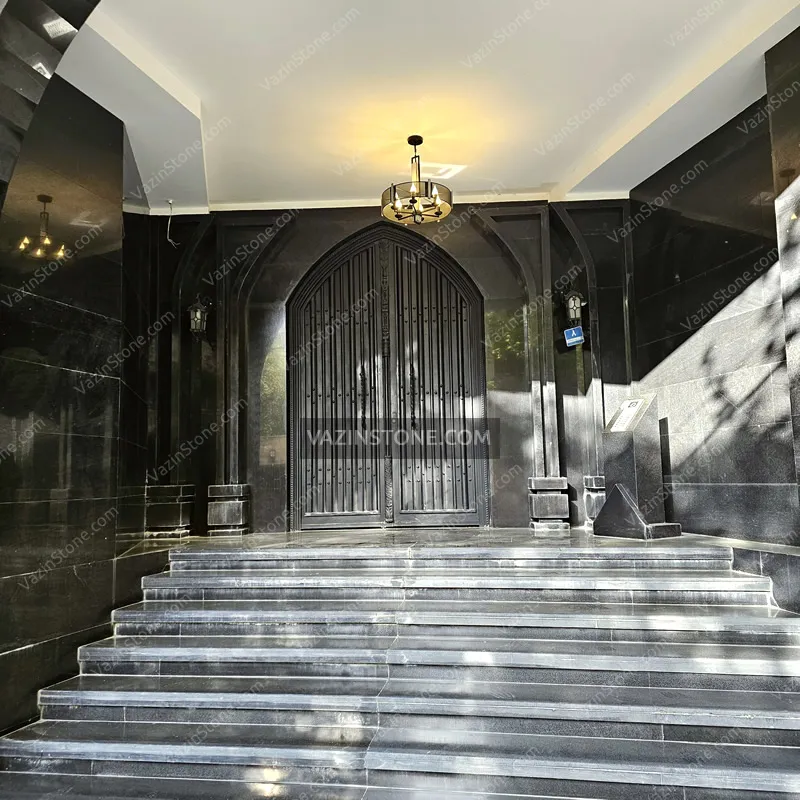
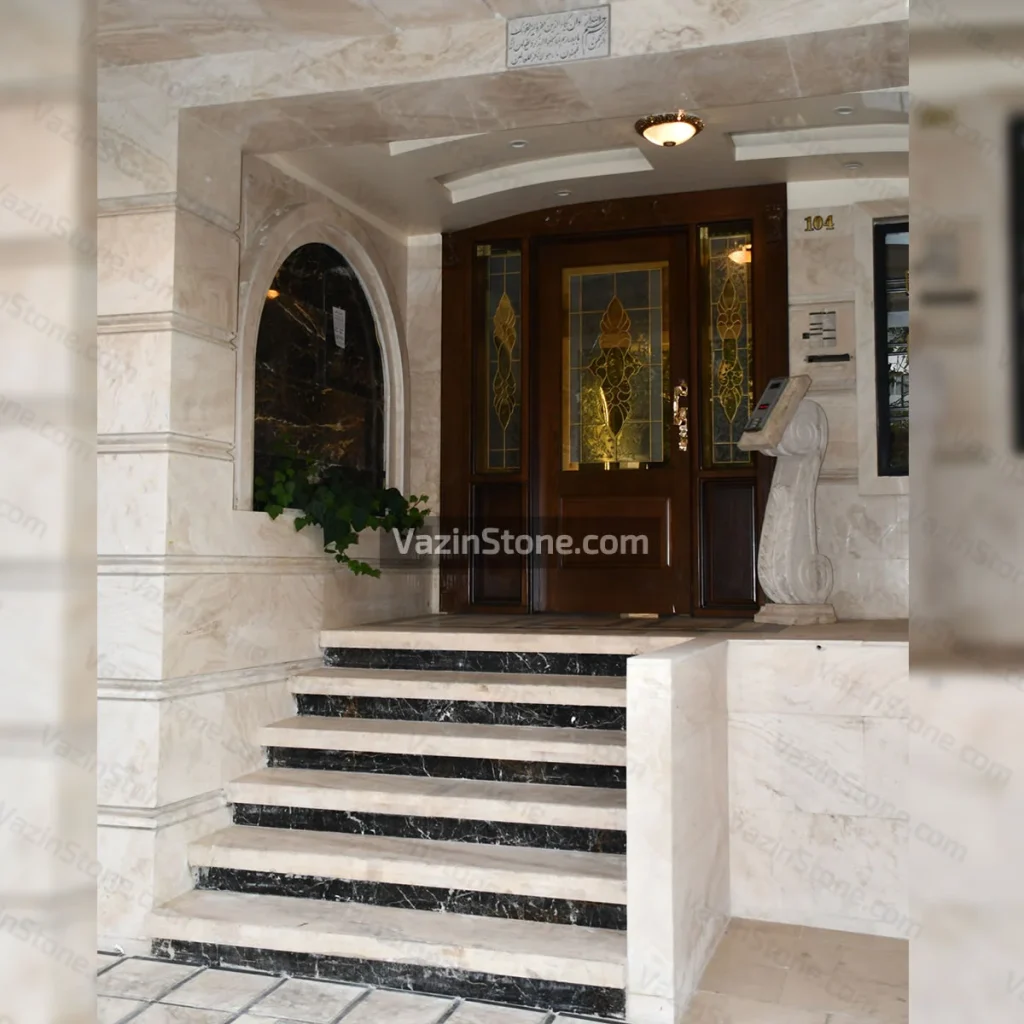
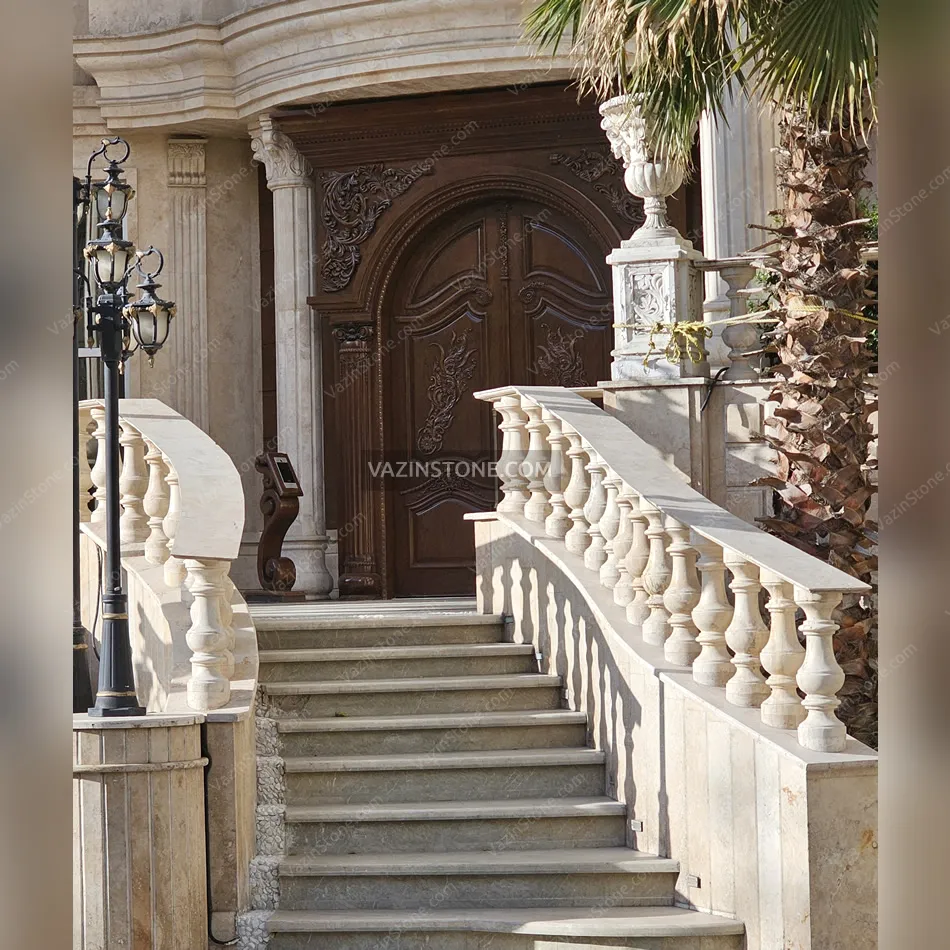
1/ Outdoor marble staircase
It may come as a surprise to you that marble is also used indoors. Why?
The issue is that it all comes down to stone processing. Marble often has all the above conditions to be placed outdoors. But the following tips must be considered:
- Outdoor marble should have a non-slip and polished surface. To do this, you can use flame sandblast on stone.
- Weathering is general between many marble sorts. So be careful not to use it outdoors. Also, using polished surface marble is not recommended due to the possibility of scratches and weathering.
2/ Outdoor granite staircase
Granite stones are a good option for outdoor stairs under the following conditions:
- It does not ruin the color harmony of your space.
- Apply the necessary friction on the stone to prevent pedestrians from slipping with the Flamed Sandblast stone.
- Use the types with less iron to avoid rust.
3/ Flagstone Outdoor Staircase
Flagstone is also one of the attractive, durable, and widely used options for exterior space stairs, gardens, villas, etc. The flagstones are 2 to 5 cm thick, made of outer igneous rocks, and come in gray to red colors. These stones can also be used as steps in Malone (cut and smoothed) or cubic processes.
4/ Outdoor staircase with gabion and pebble
Gabions are basket-shaped metal nets filled with objects such as stone, wood, rubble, glass, etc., and are used in various places. One of the uses of gabions is in the construction of stairs. To make gabion stairs, you can use gabion to create uneven surfaces and stone or other materials for the floor of the stairs. In addition, this model is considered a cheap stair stone.
5/ Basalt Staircase Stones in the outdoors
Basalt stone with its unique features, such as very high resistance and unique appearance, can be considered a suitable option for indoor and outdoor space. In the opposite gallery, you can see an example of the work of this stone in the outdoor space with hidden lighting.
White Staircase Stone
White is the most widely used and most common color in stairs; besides, it is strongly recommended to use white stair stone on floors that do not have adequate space and light. White stones for stairs can be marble stones such as Shahiyadi – Salsali Roshan – Koh Sefid, as well as white crystal marble stones such as Aligudarz – Azna – Neyriz. The price of white floor stones is higher than other colors due to the popularity of this stone. You can see the most up-to-date price of white floor stone in SangeVazin.
Unique Stair Stones
The gallery below shows some exquisite and unique stair stones that you can see. These stair stones are generally streaked and continuously behind one another, and make a sophisticated and eye-catching view. If you put a lamp behind marble stones, you can get a lovely effect as light passes through the stone`s texture.
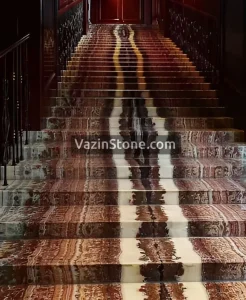
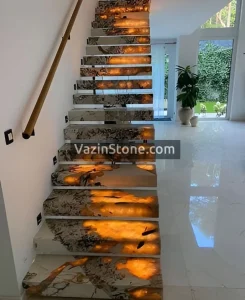
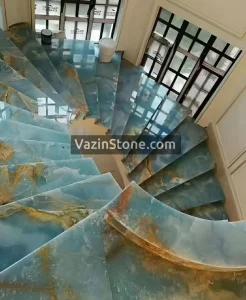
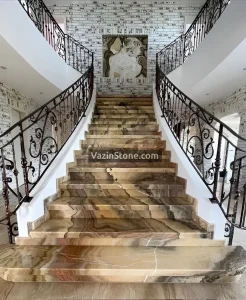
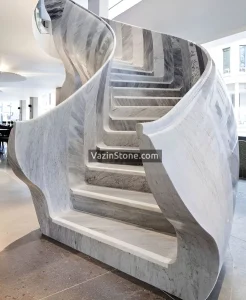
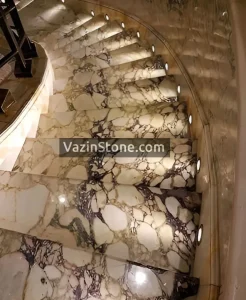
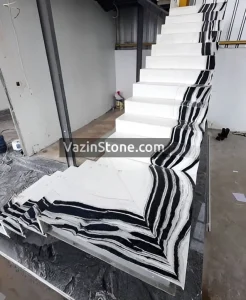
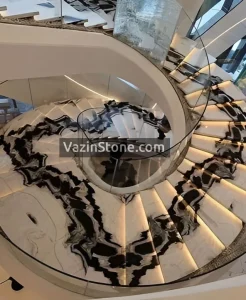
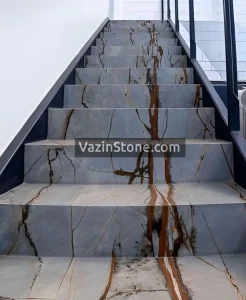
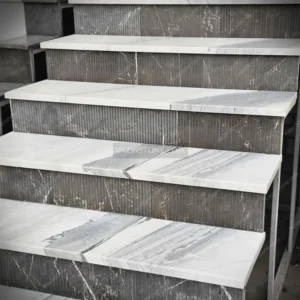
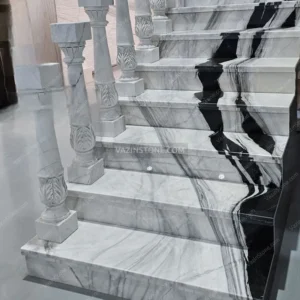
Frequently asked questions
Why should we use staircase stones at all?
In addition to the beauty and variety of natural colors and designs, these stones have very high resistance. Since the stairs bear more pressure than the floor covering, it should have an acceptable resistance, so that its color does not change, does not break, chip, etc. due to the passage of time and unfavorable conditions. Therefore, staircase stone is a better choice for stairs as it has more resistance.
What factor should be taken into account when buying a stair stone?
Whether it is going to be used inside the building or outside is the most important factor to bear in mind.
What stones are suitable for an indoor staircase?
Marble stone
Granite stone
Onyx stoneWhat stones are suitable for an outdoor staircase?
Outdoor crystal marble stair stone
Granite outdoor stair stone
Outdoor stair stone with flagstoneWhat is the stairstone`s thickness?
The stair stones are usually 3 cm thick. Sometimes, granite stones that are 2 cm thick are used as stair stones. In this case, the edges of the stairs are doubled, which makes it more beautiful. Also, as you can see in the gallery, stair edges are occasionally built to 5 or 7 cm thick in various ways.
Factors affecting the price of staircase stone
- Type of stone
- Stonemasonry craft design
- Dimensions and thickness
- Requested size
- Loading and unloading place
